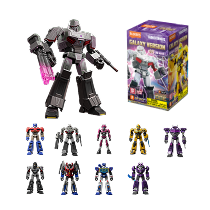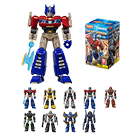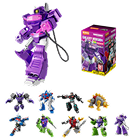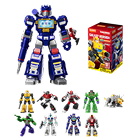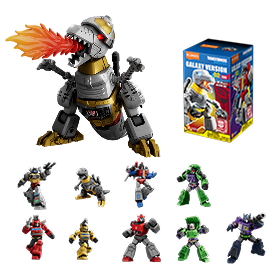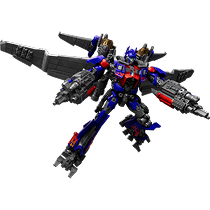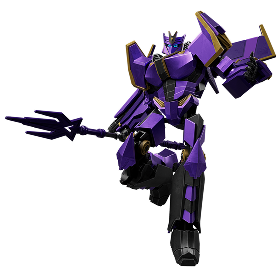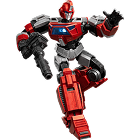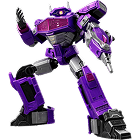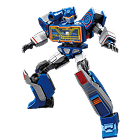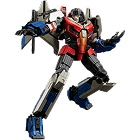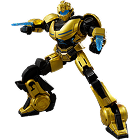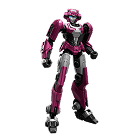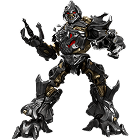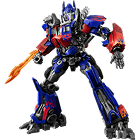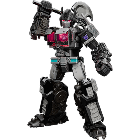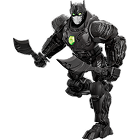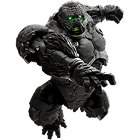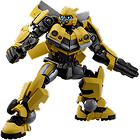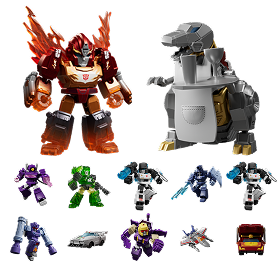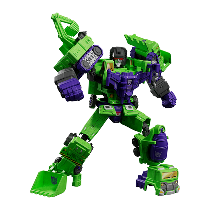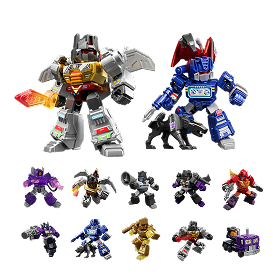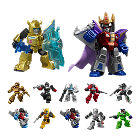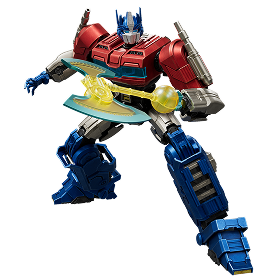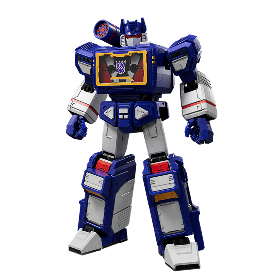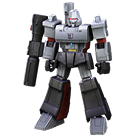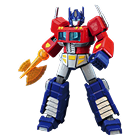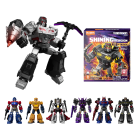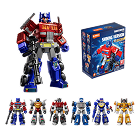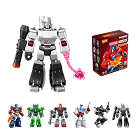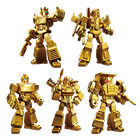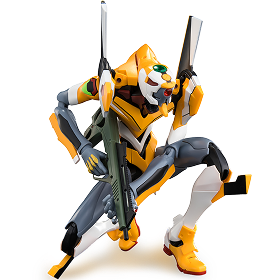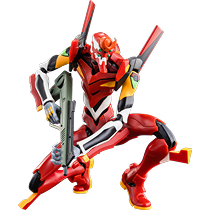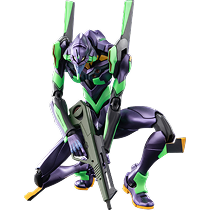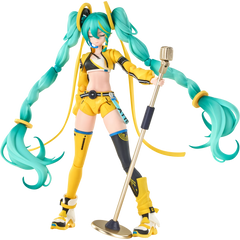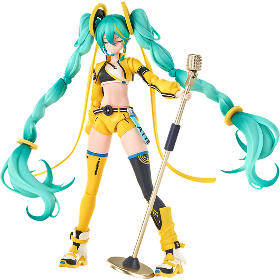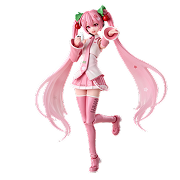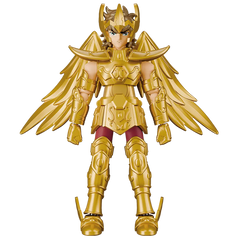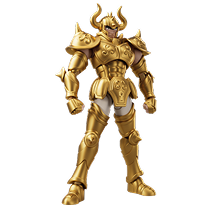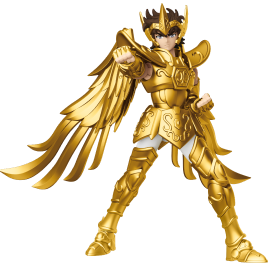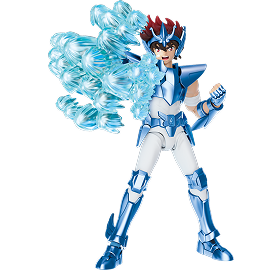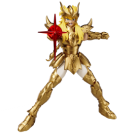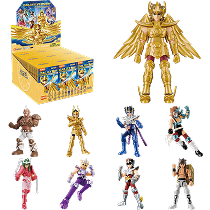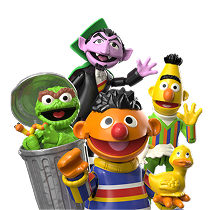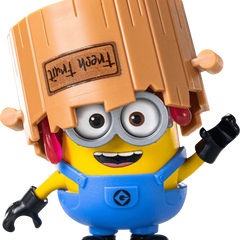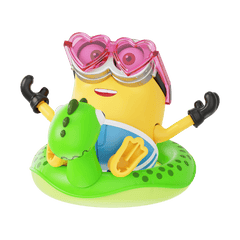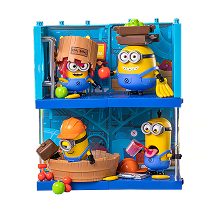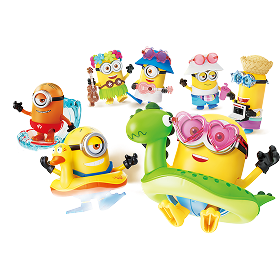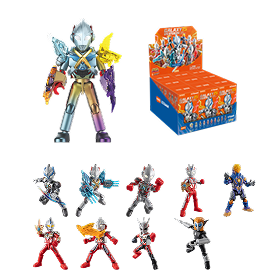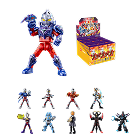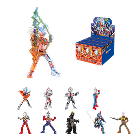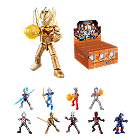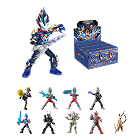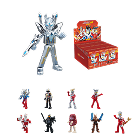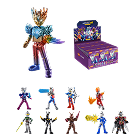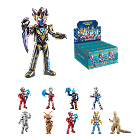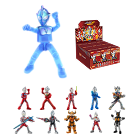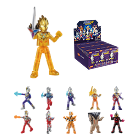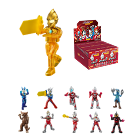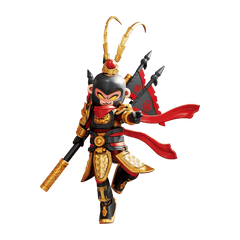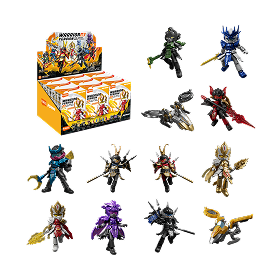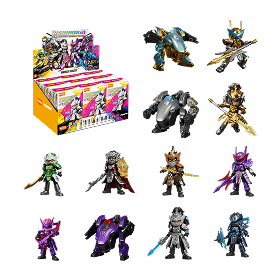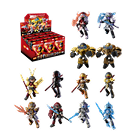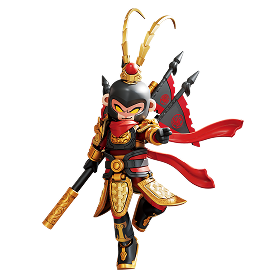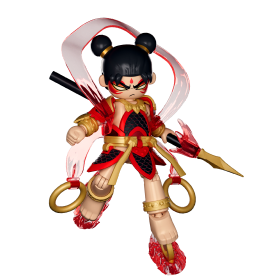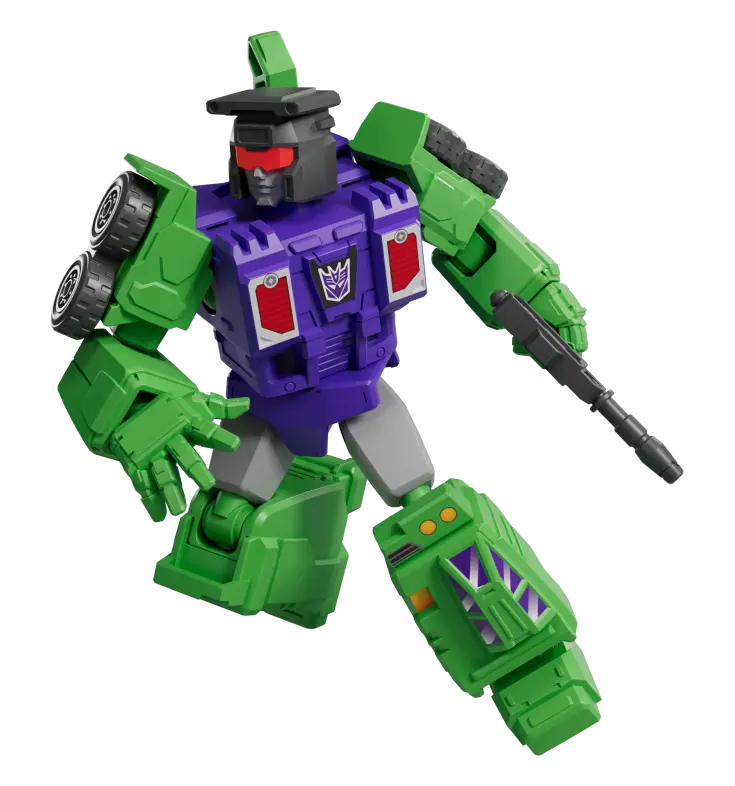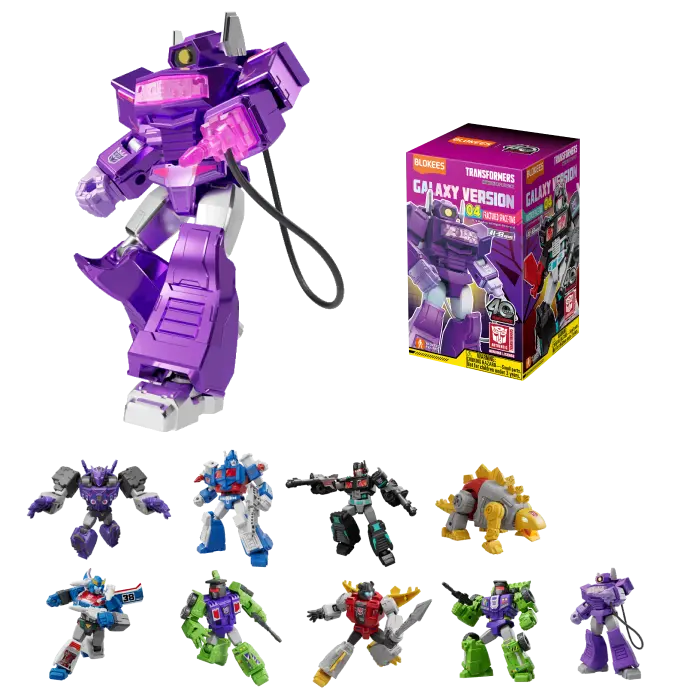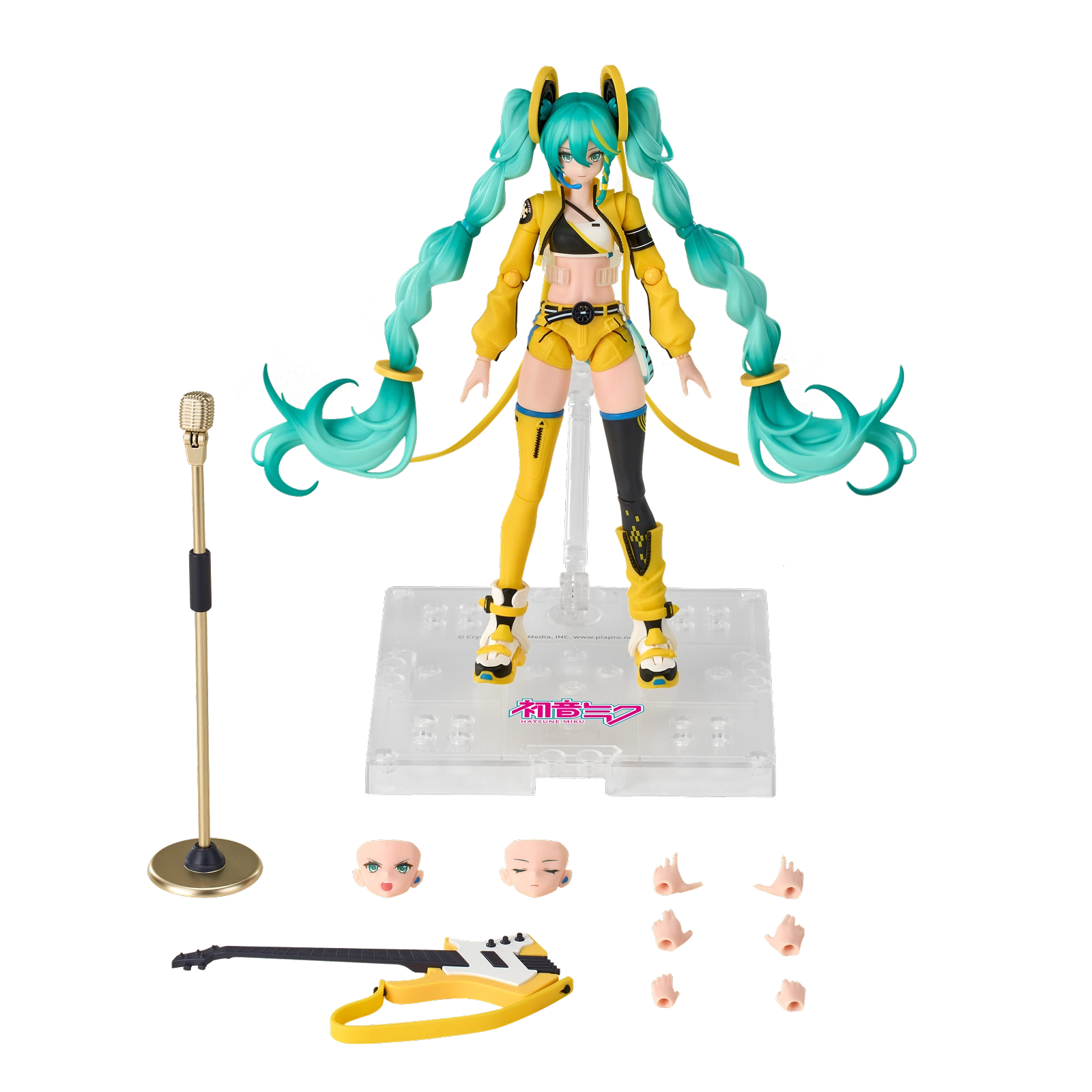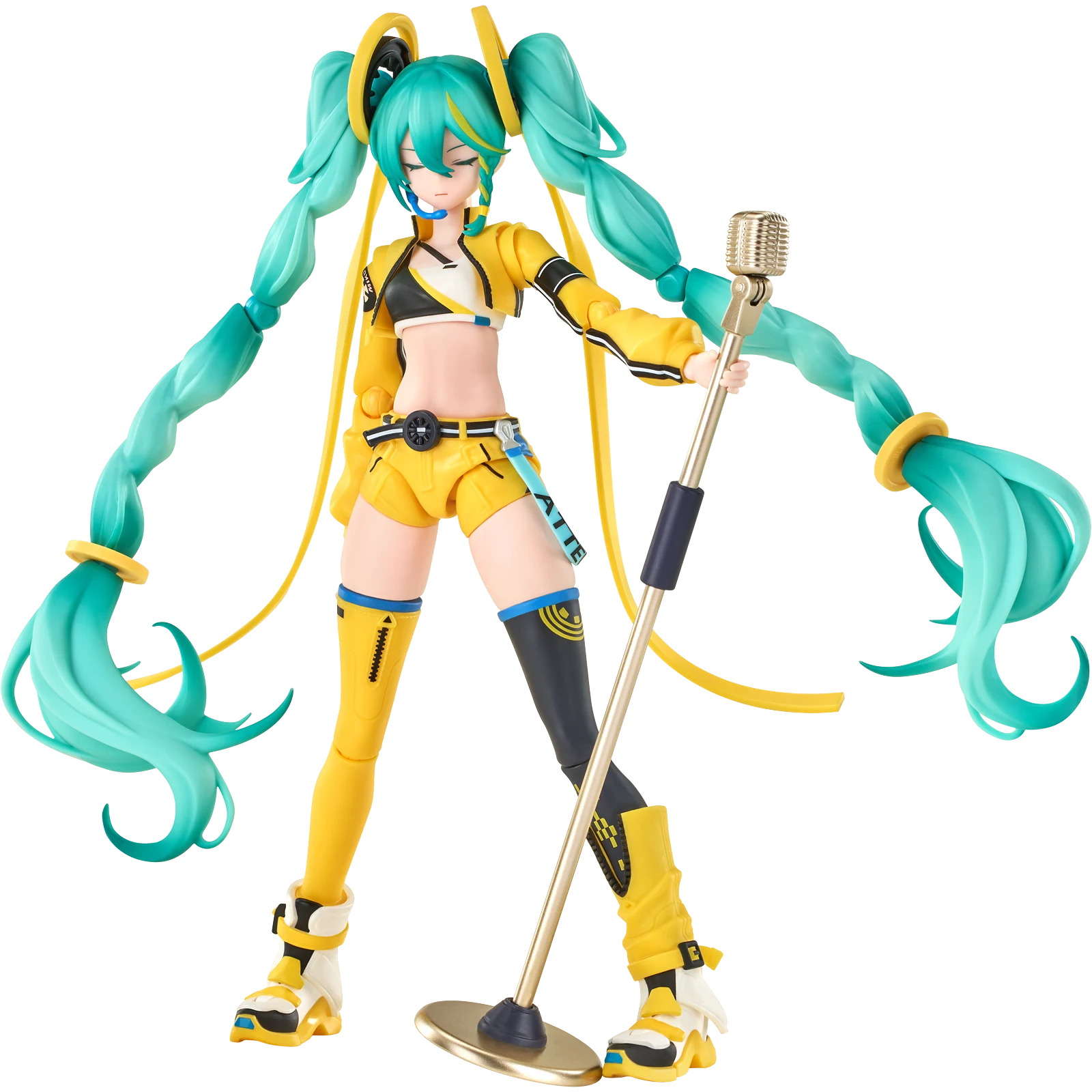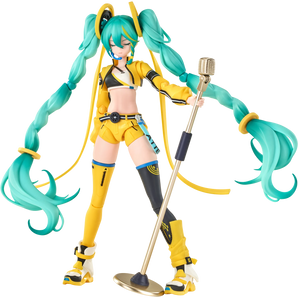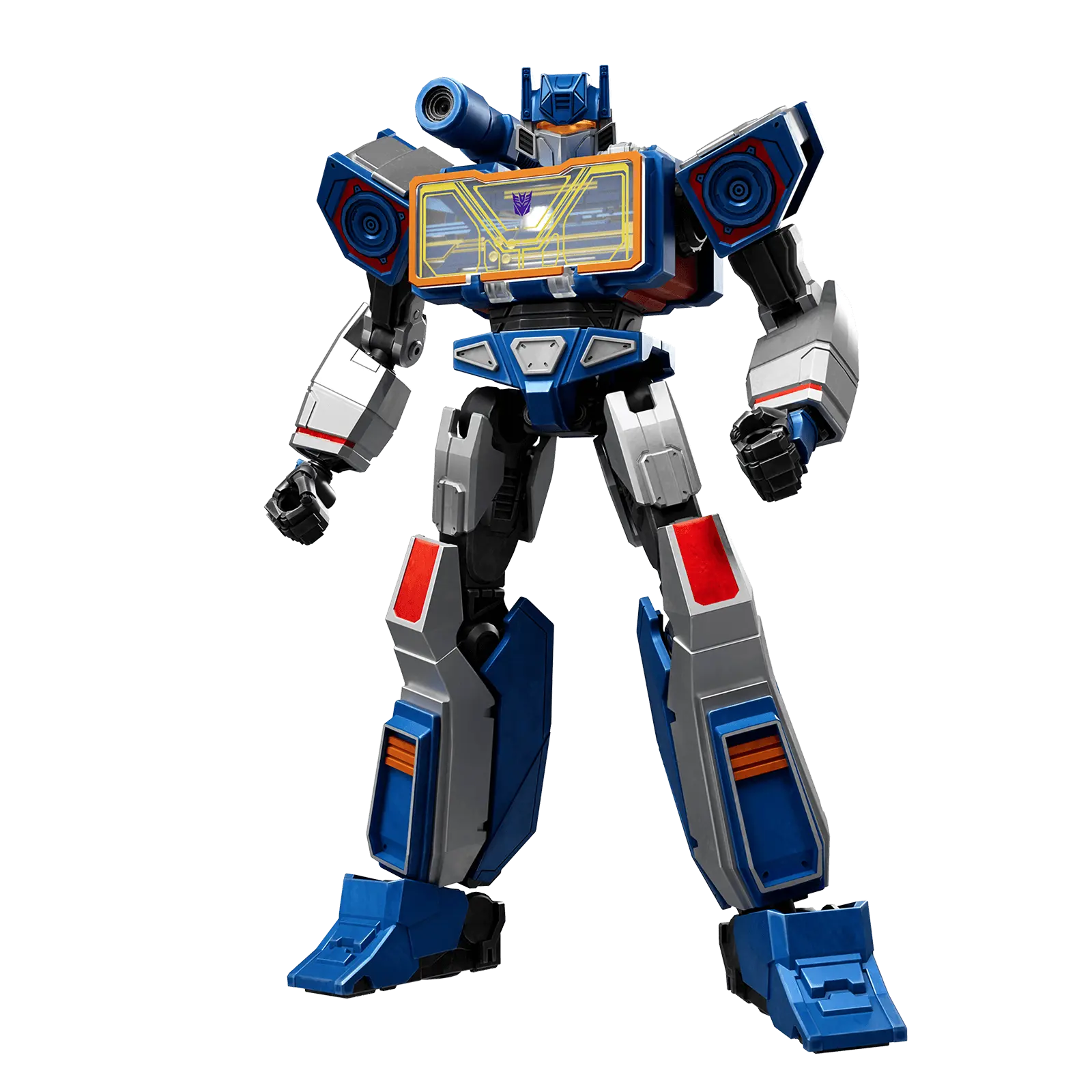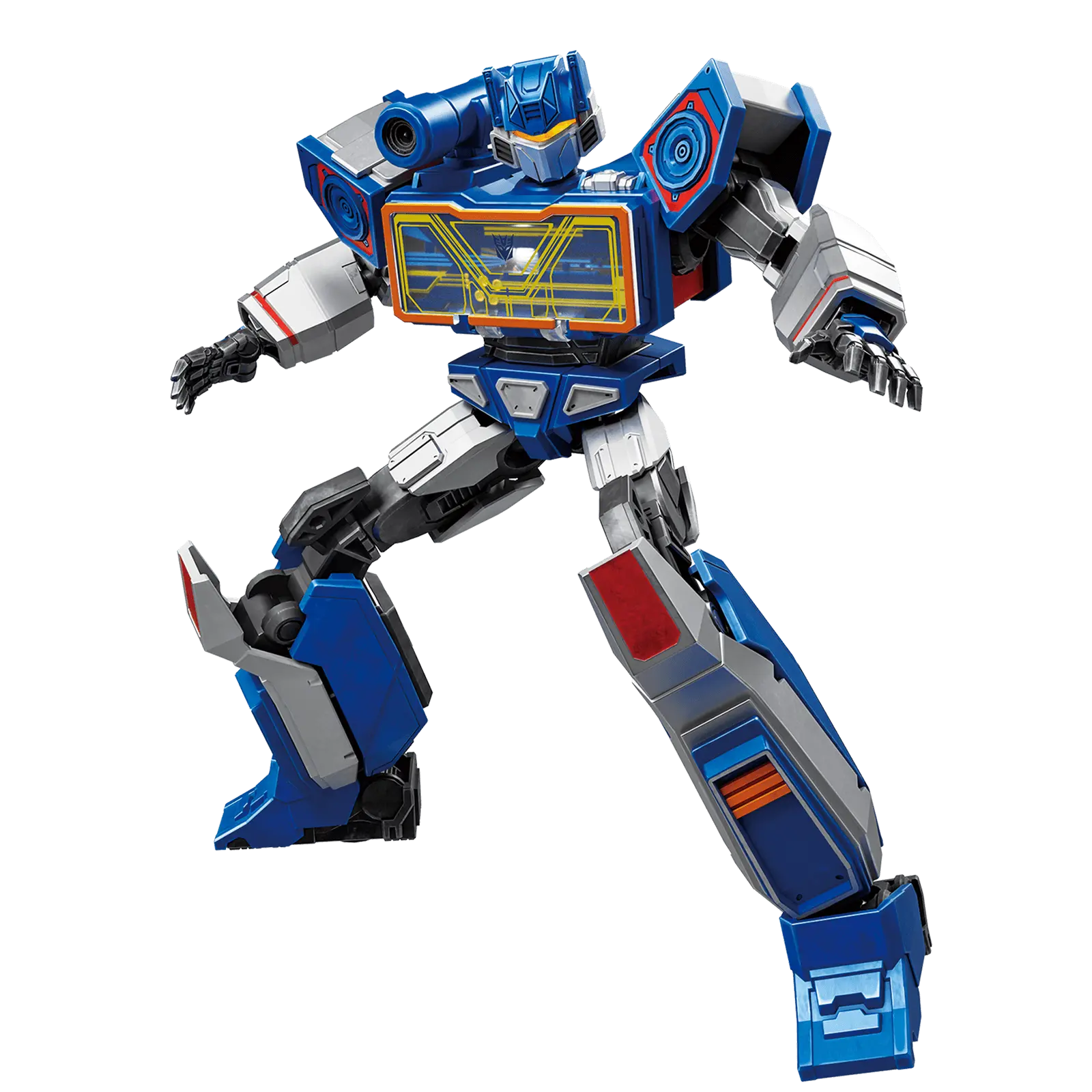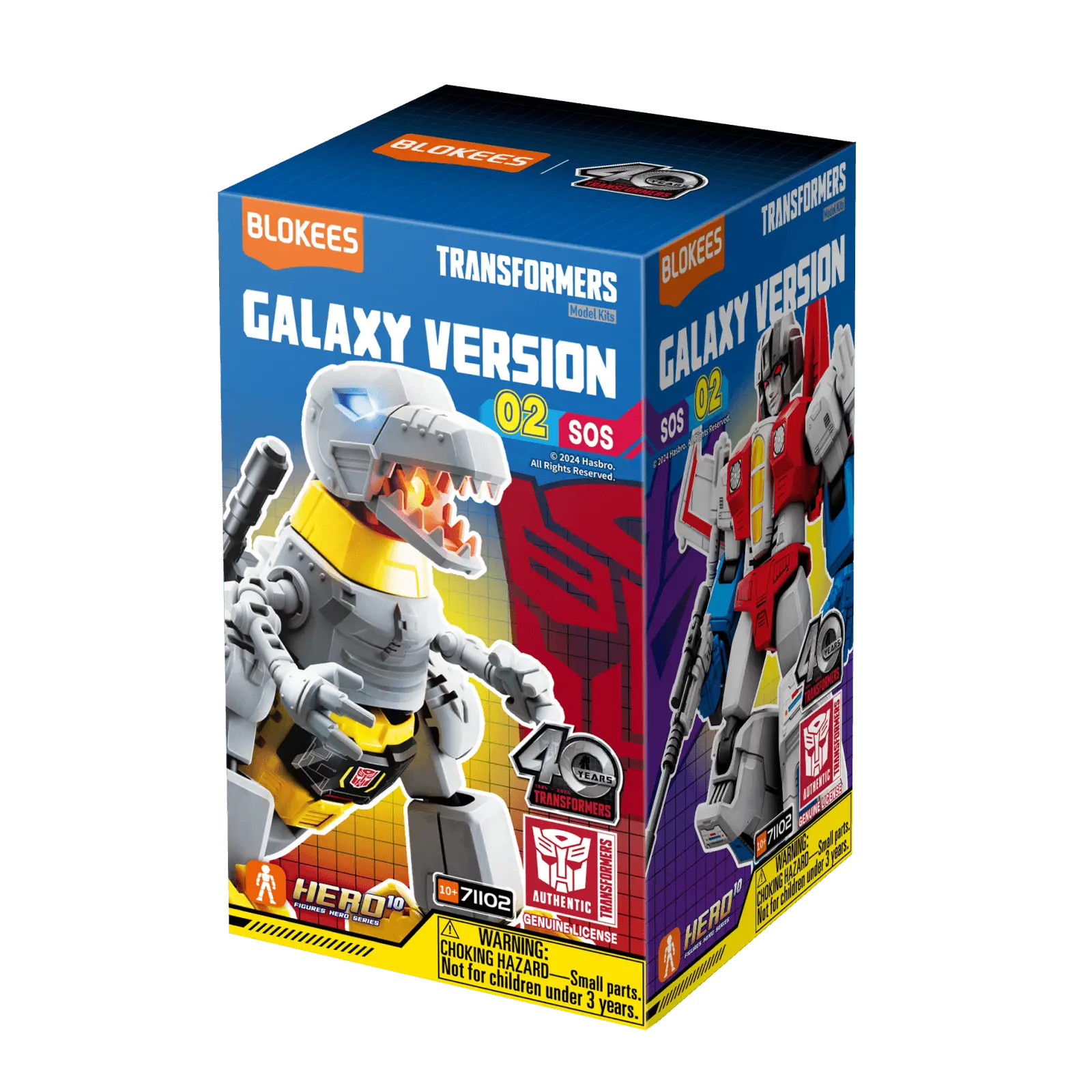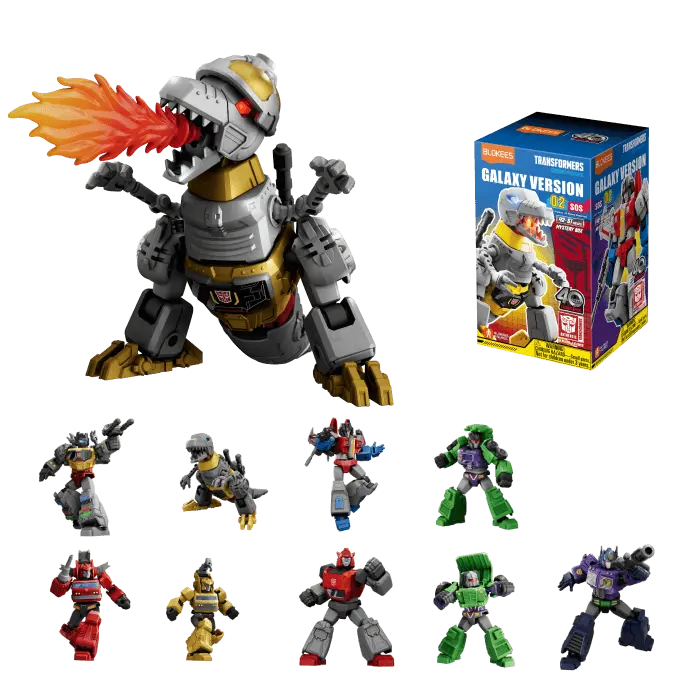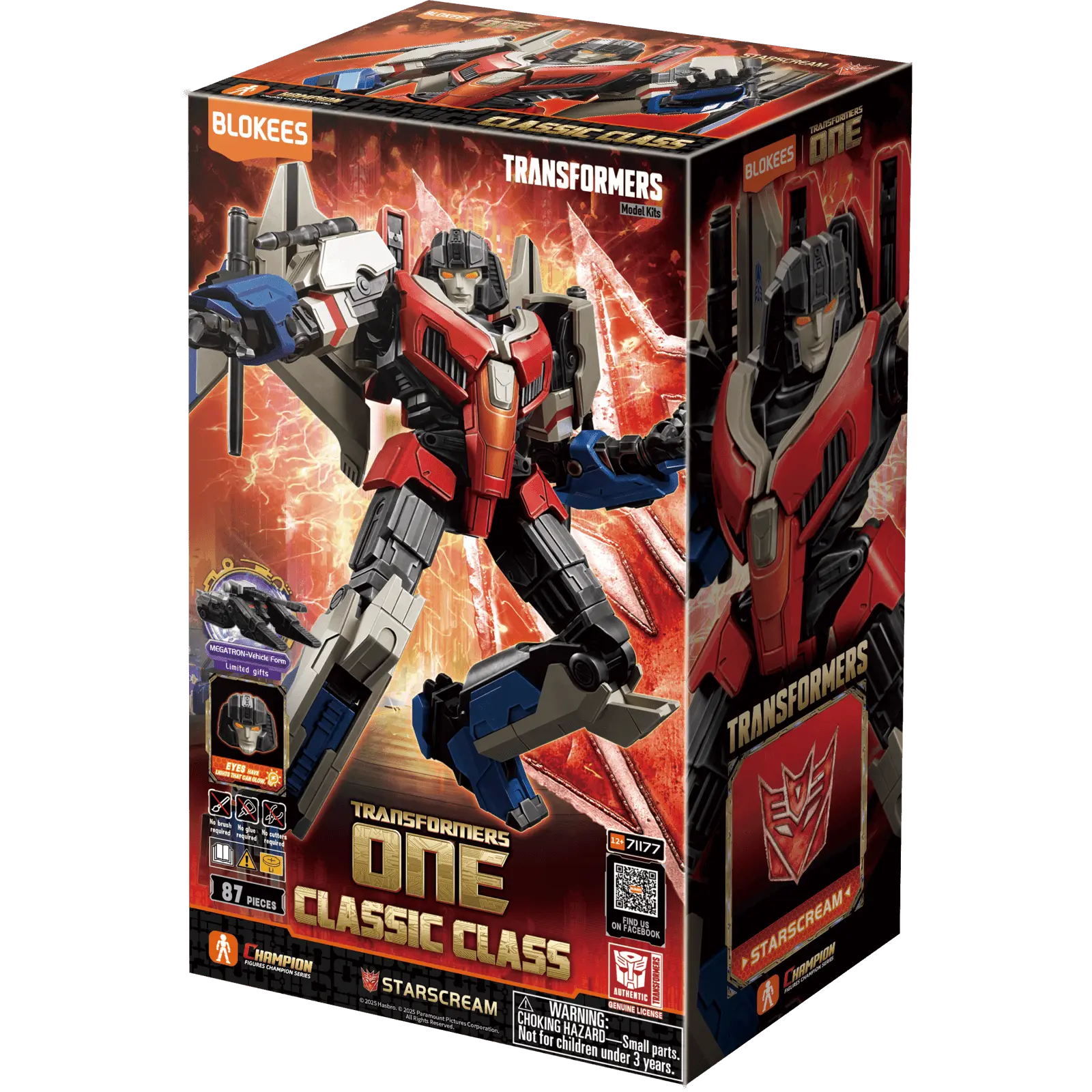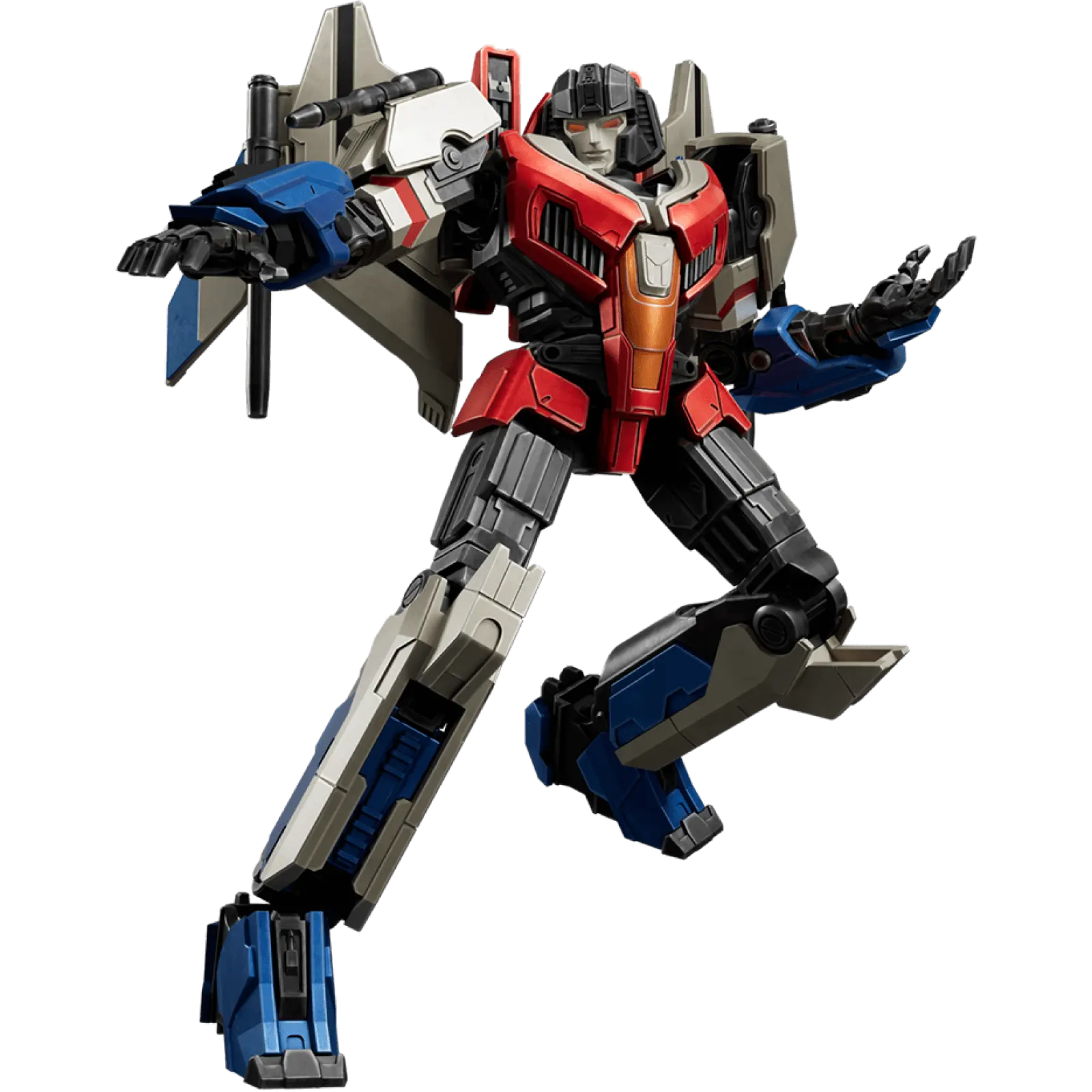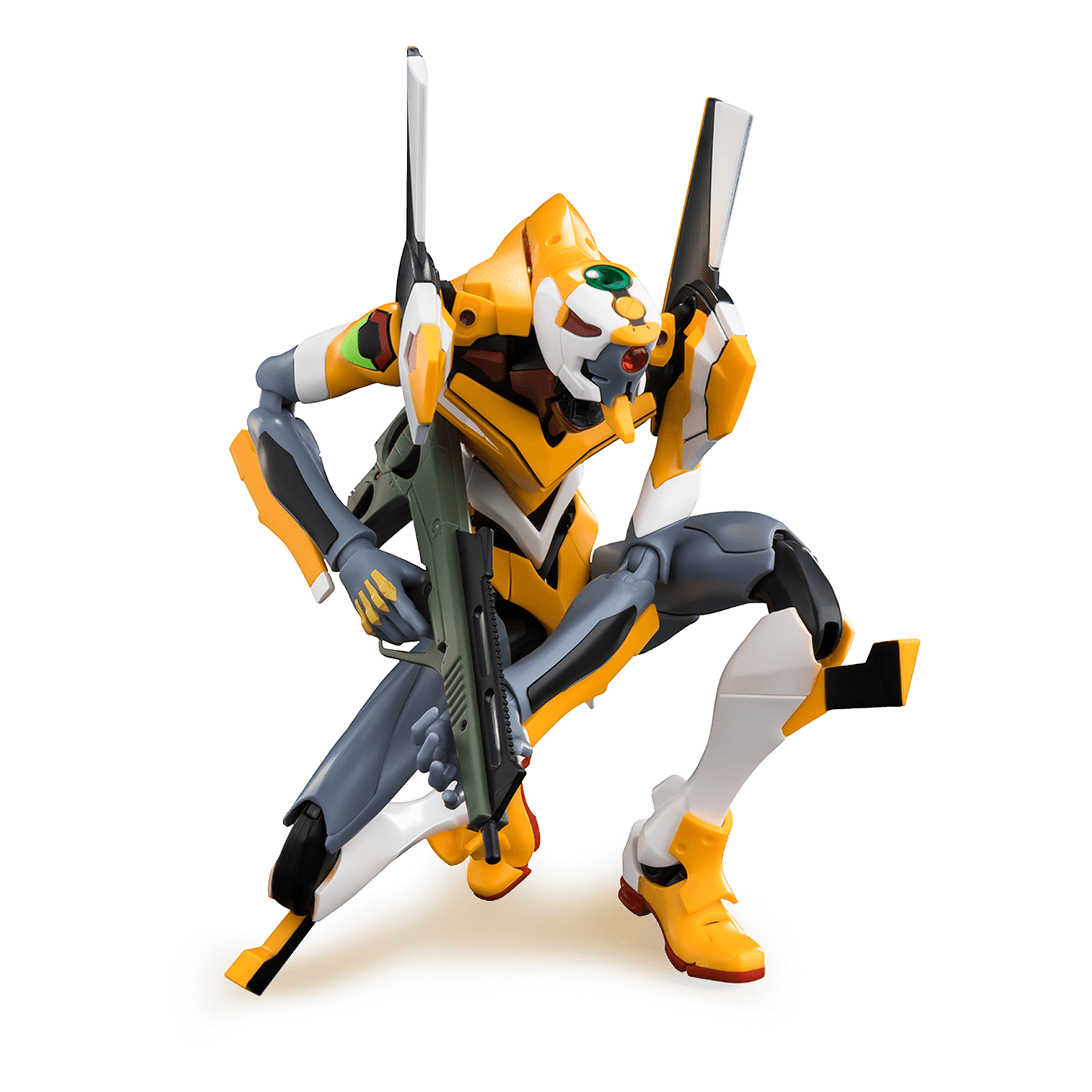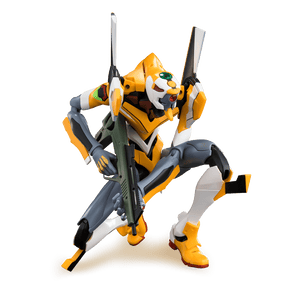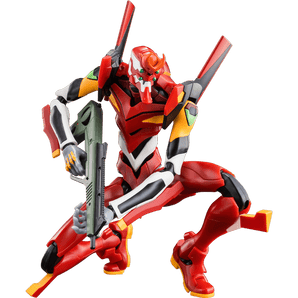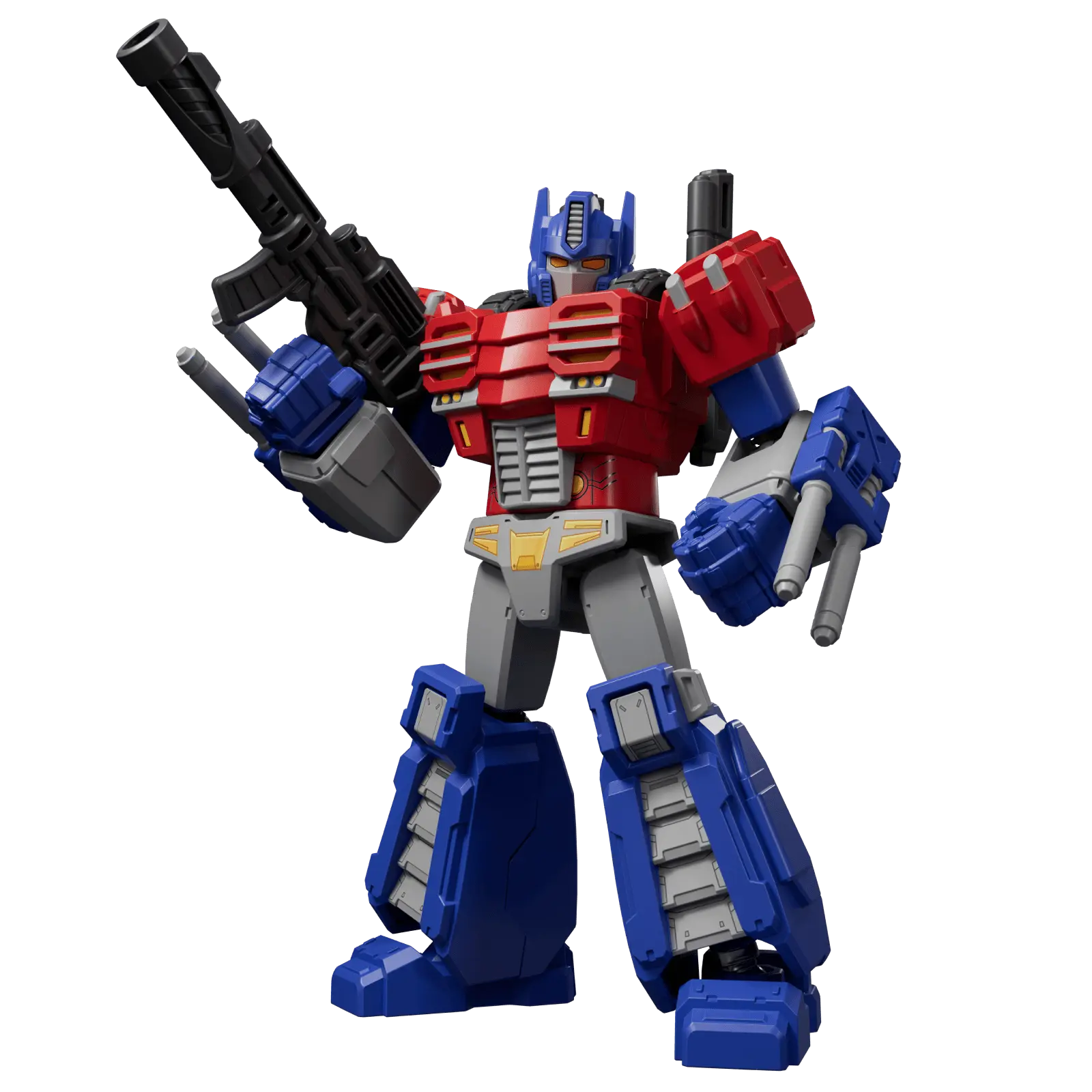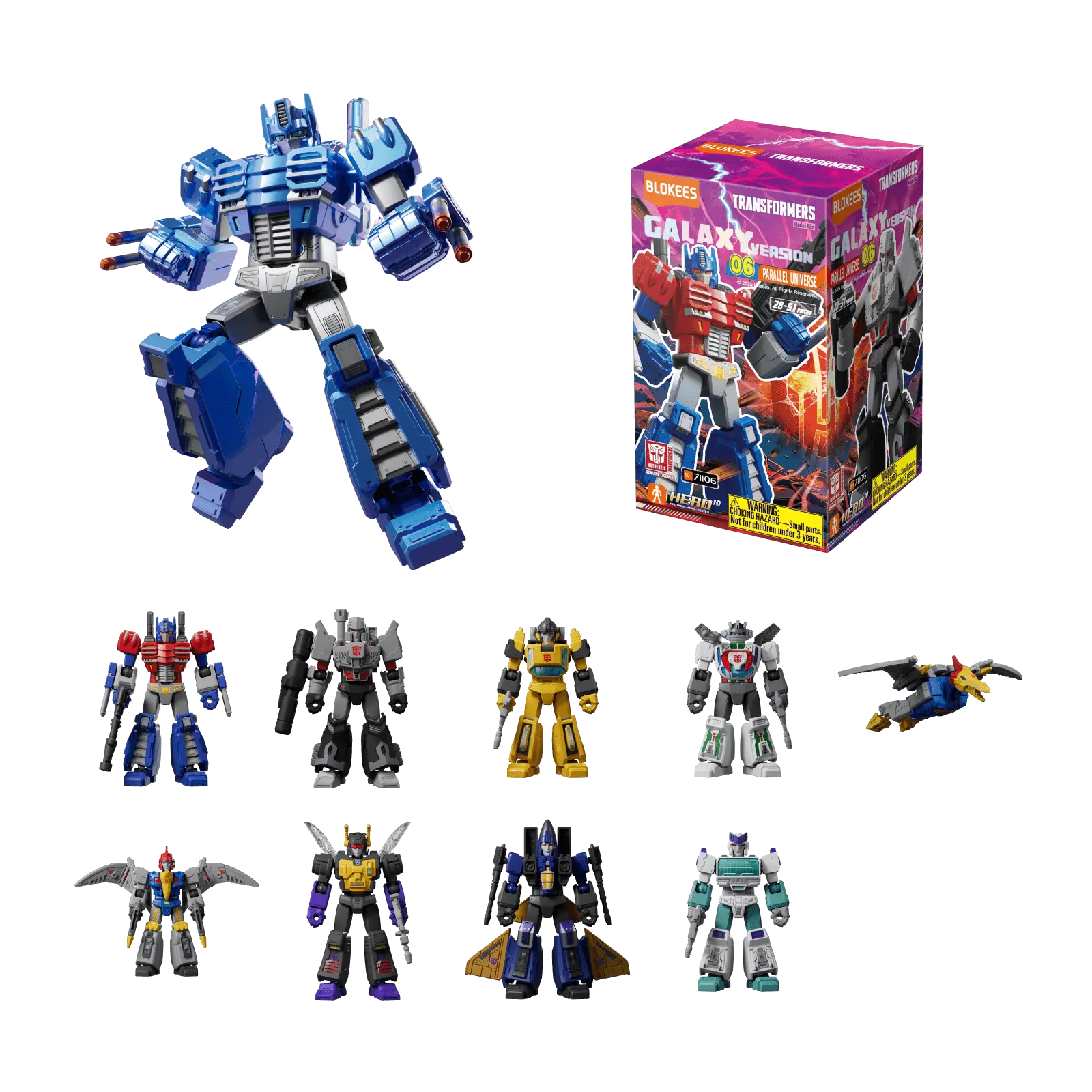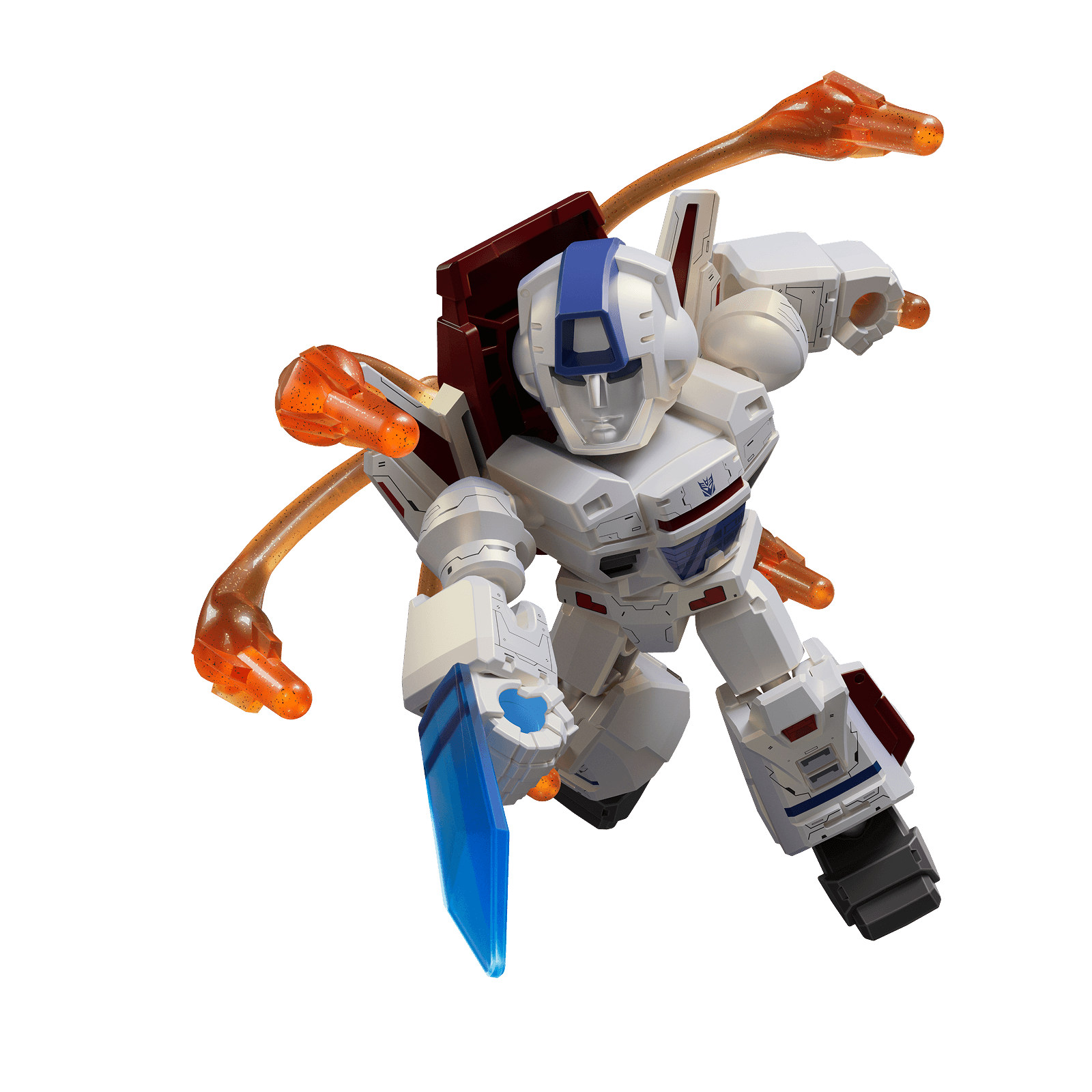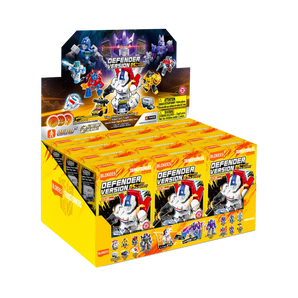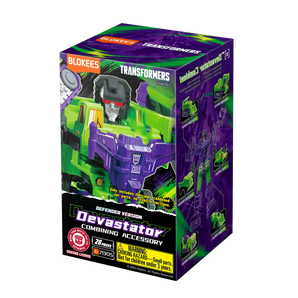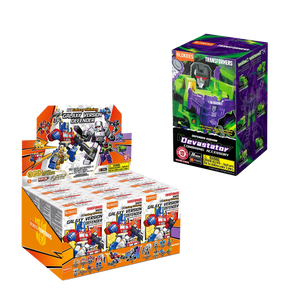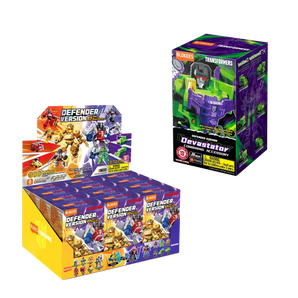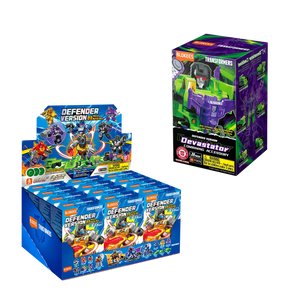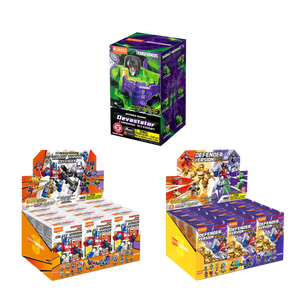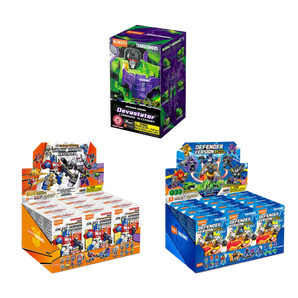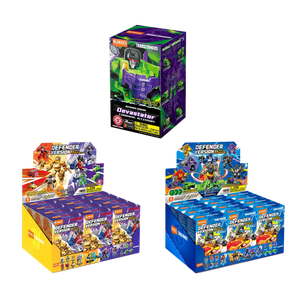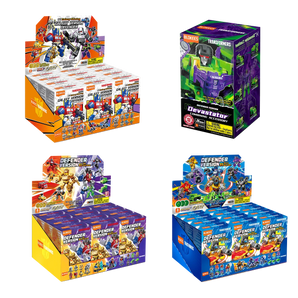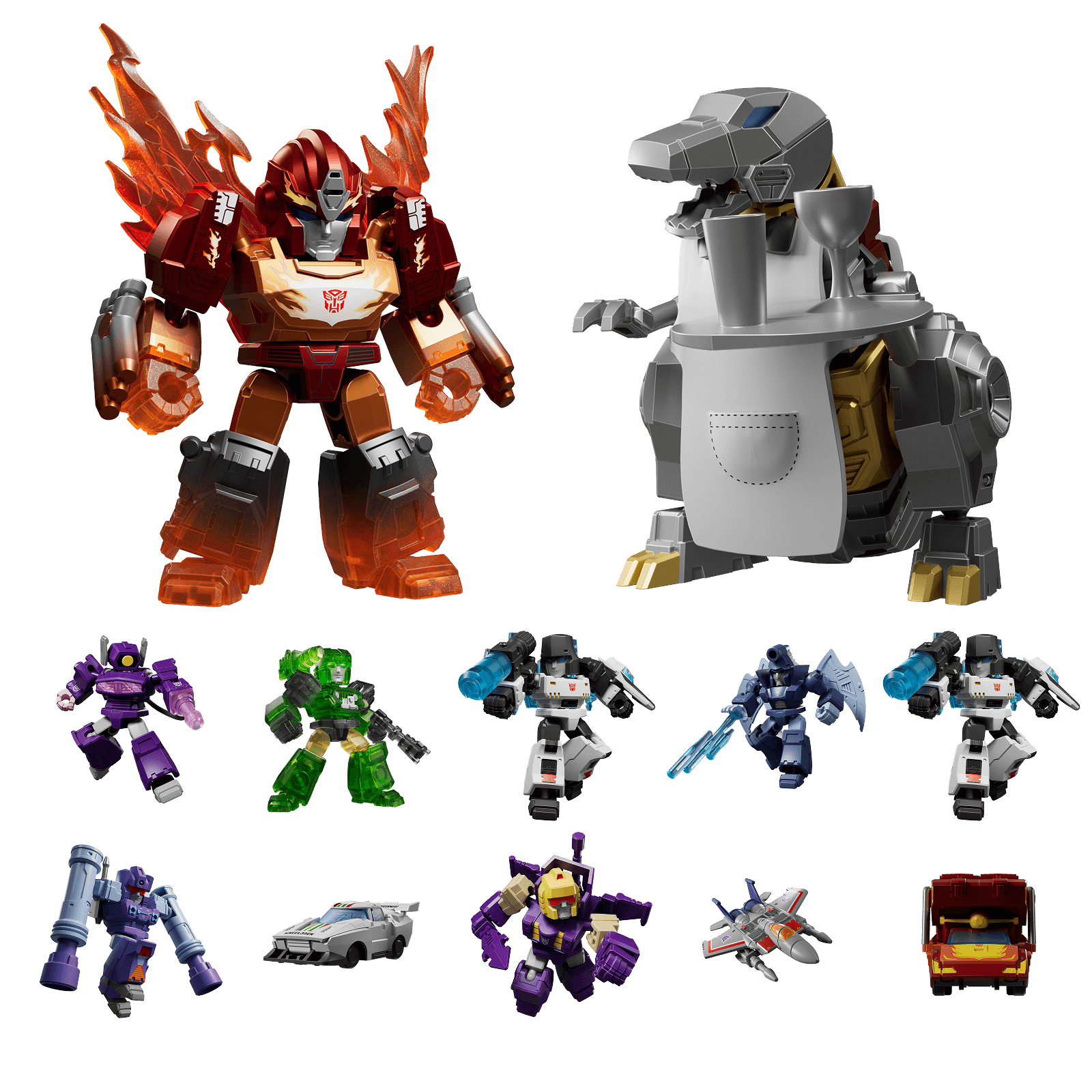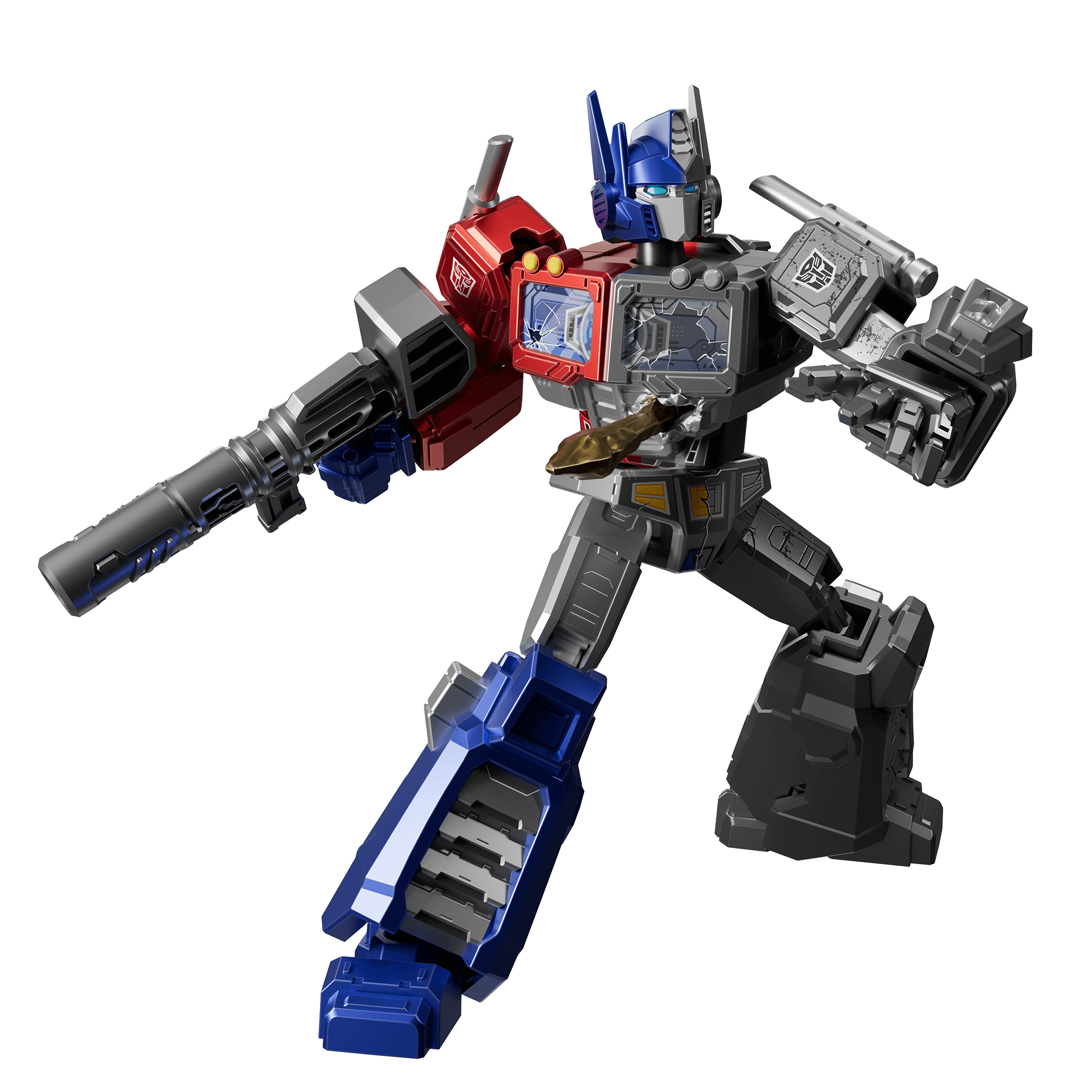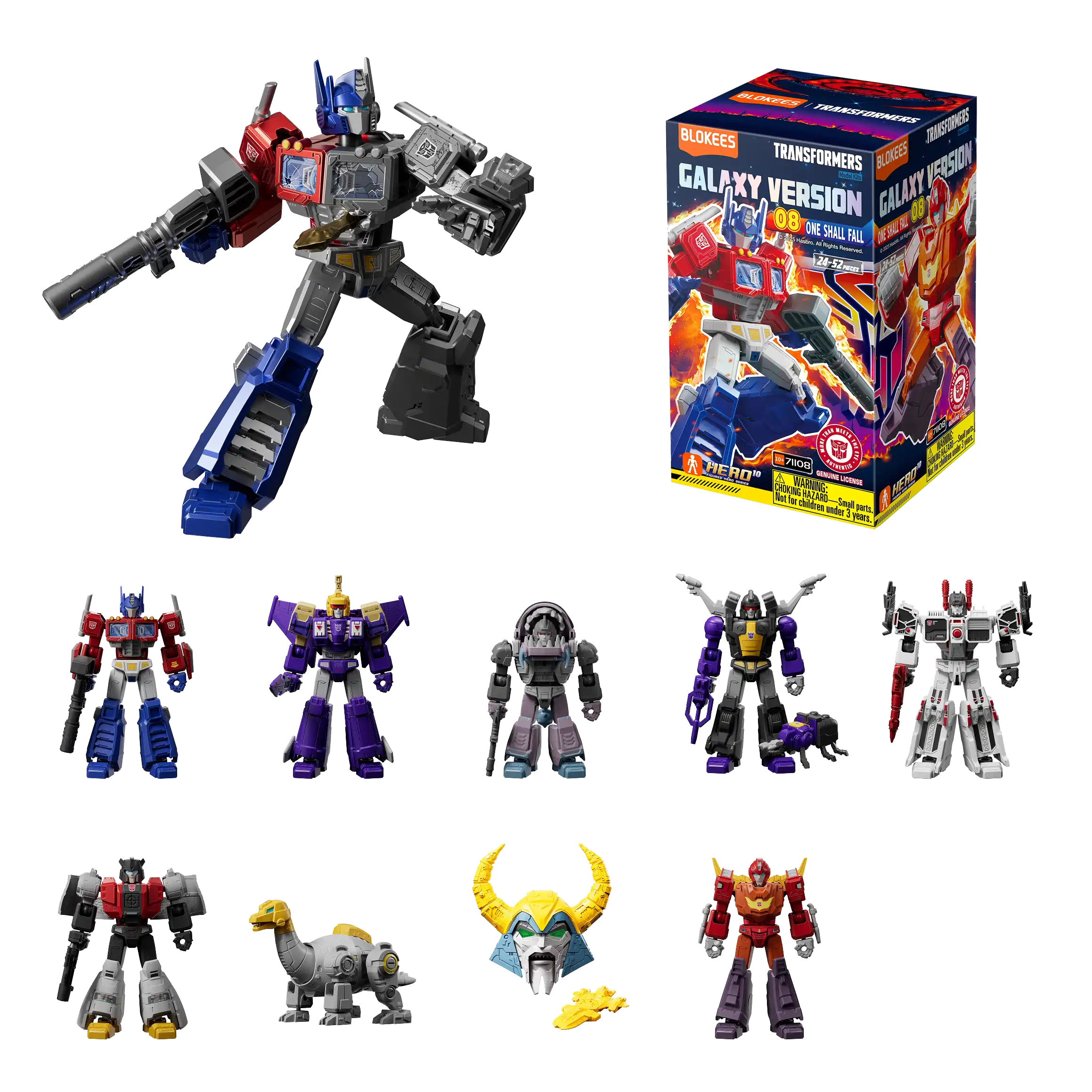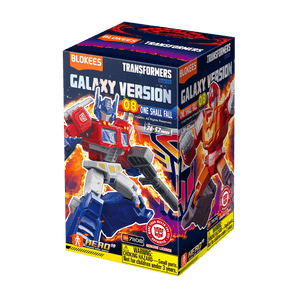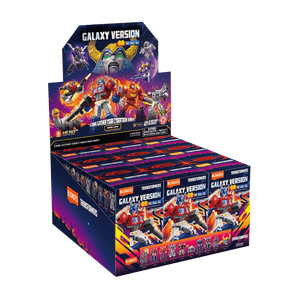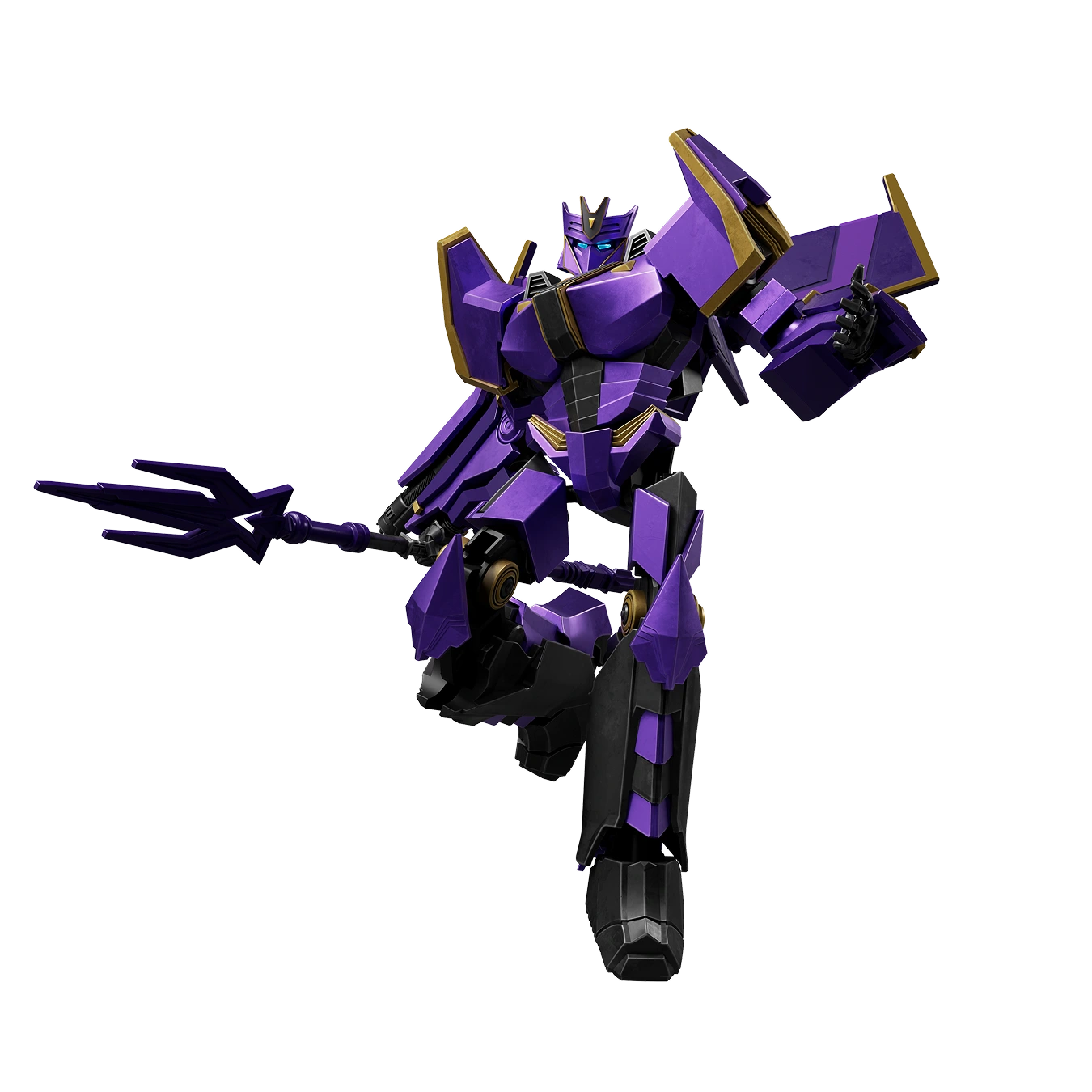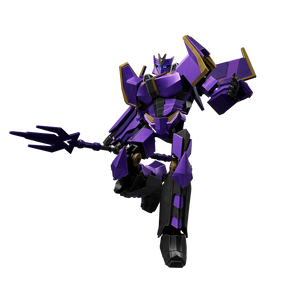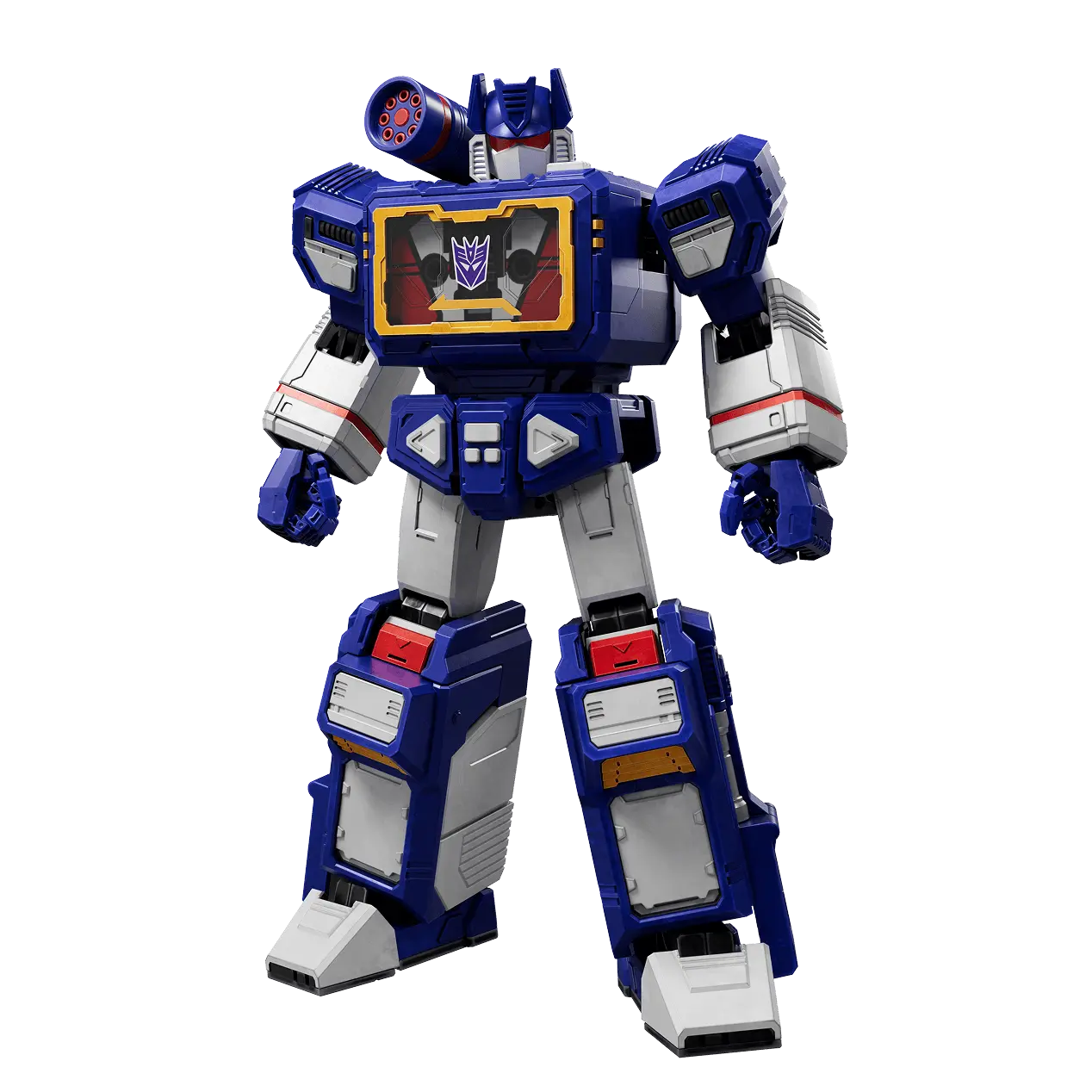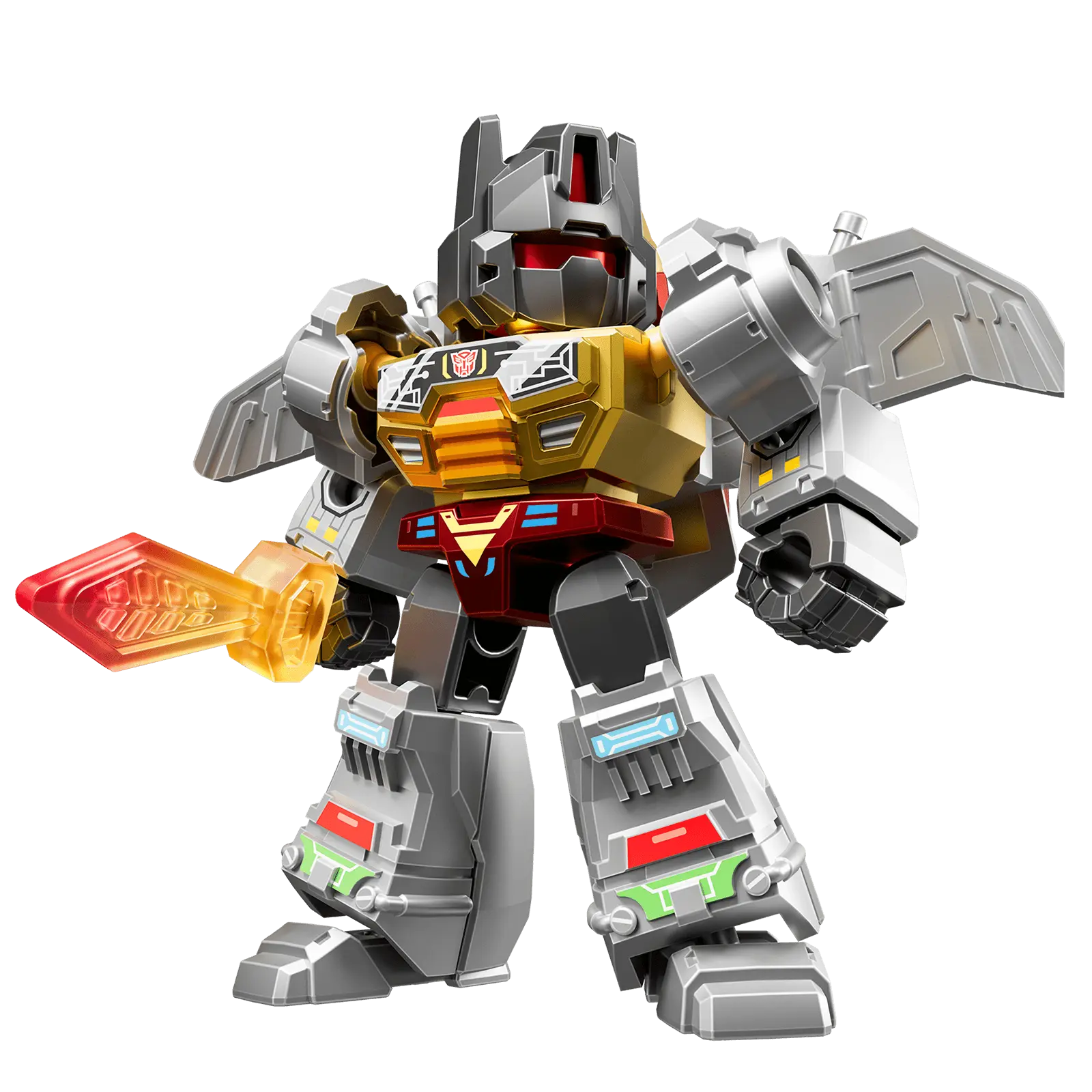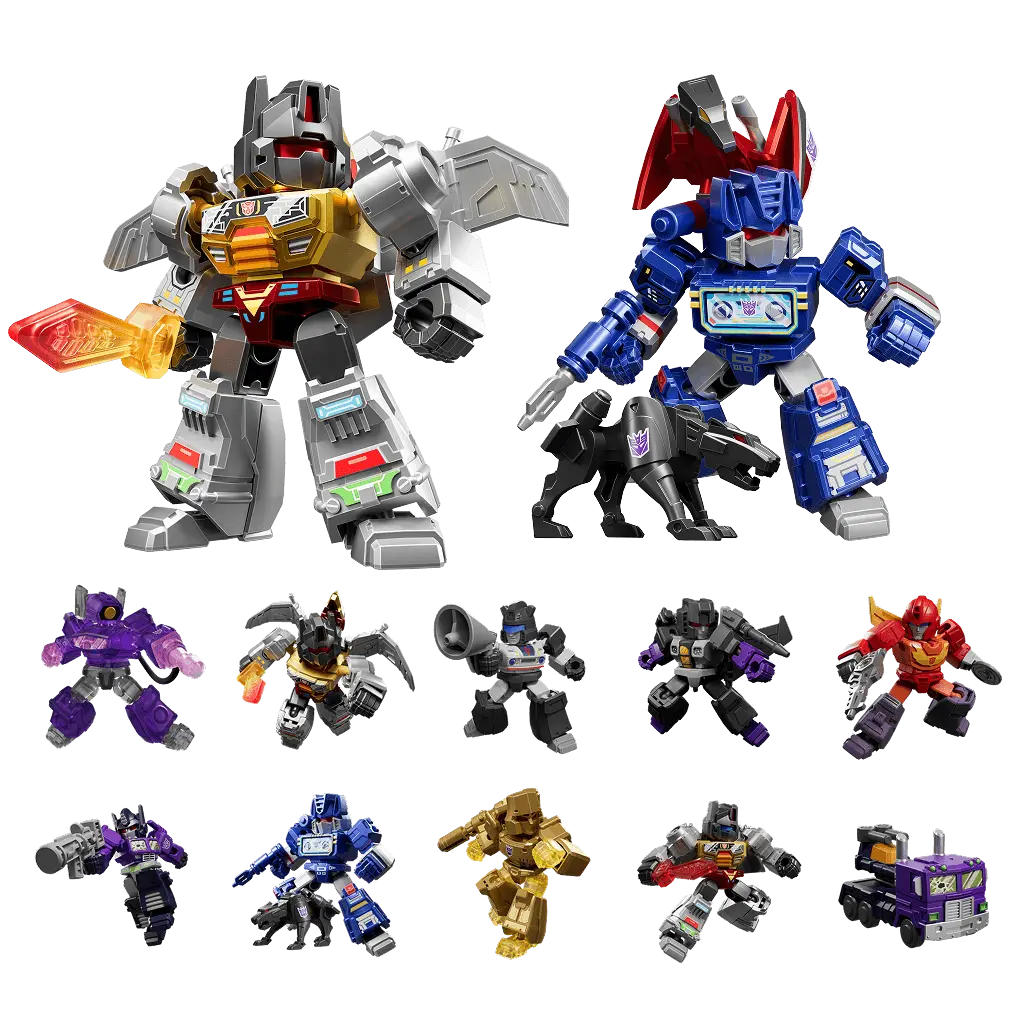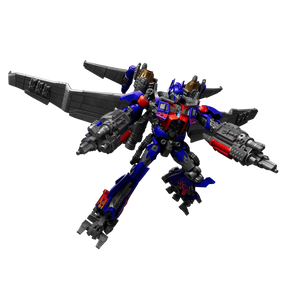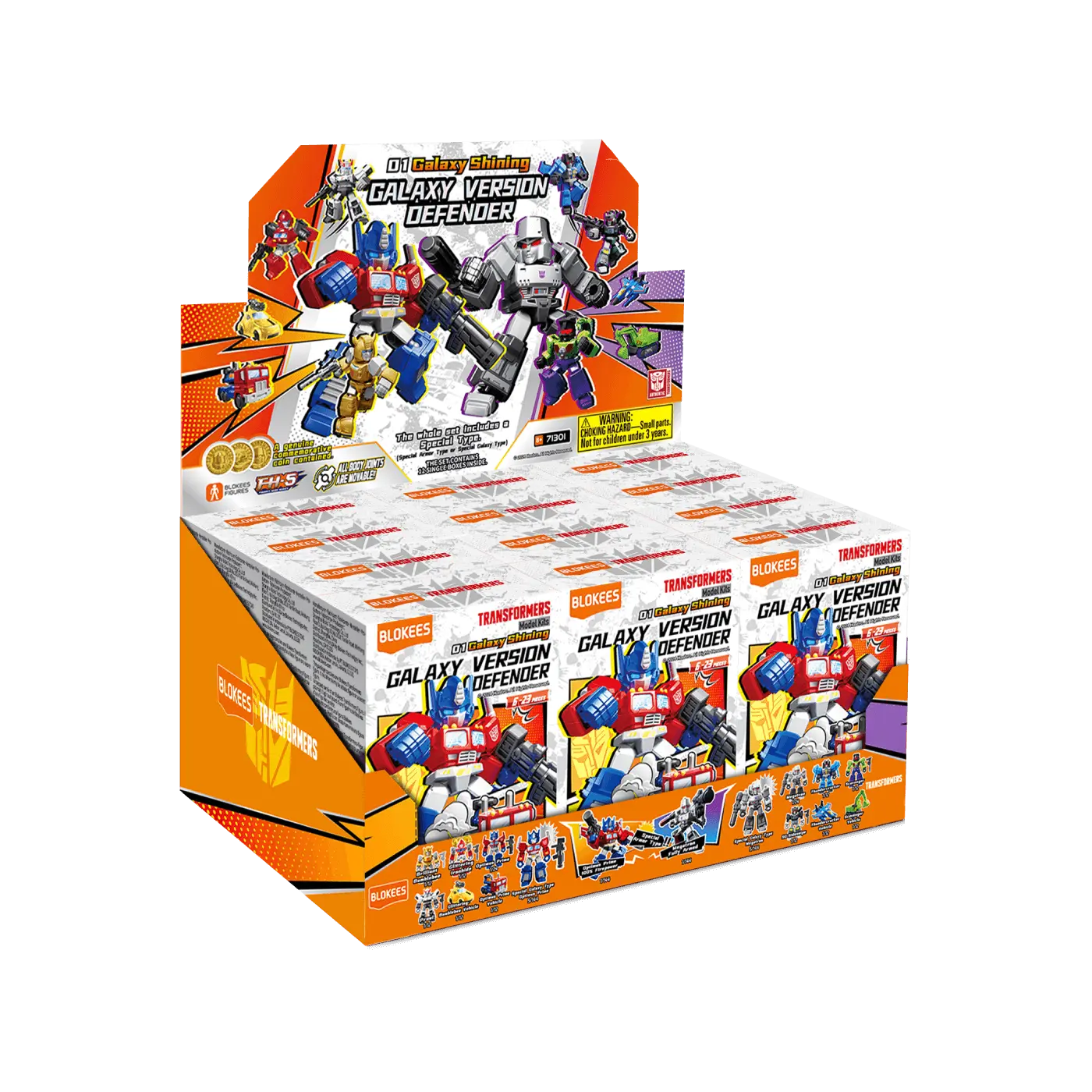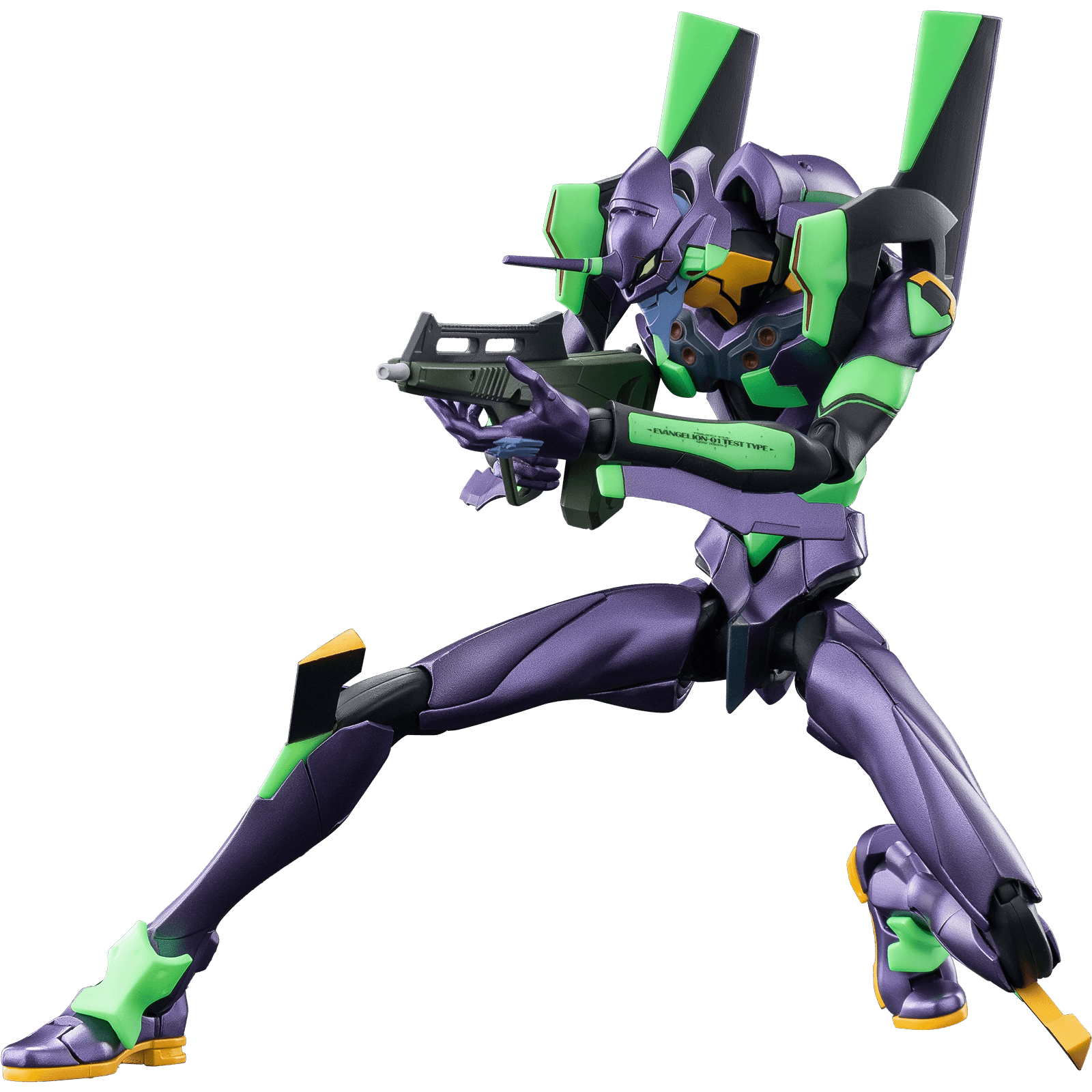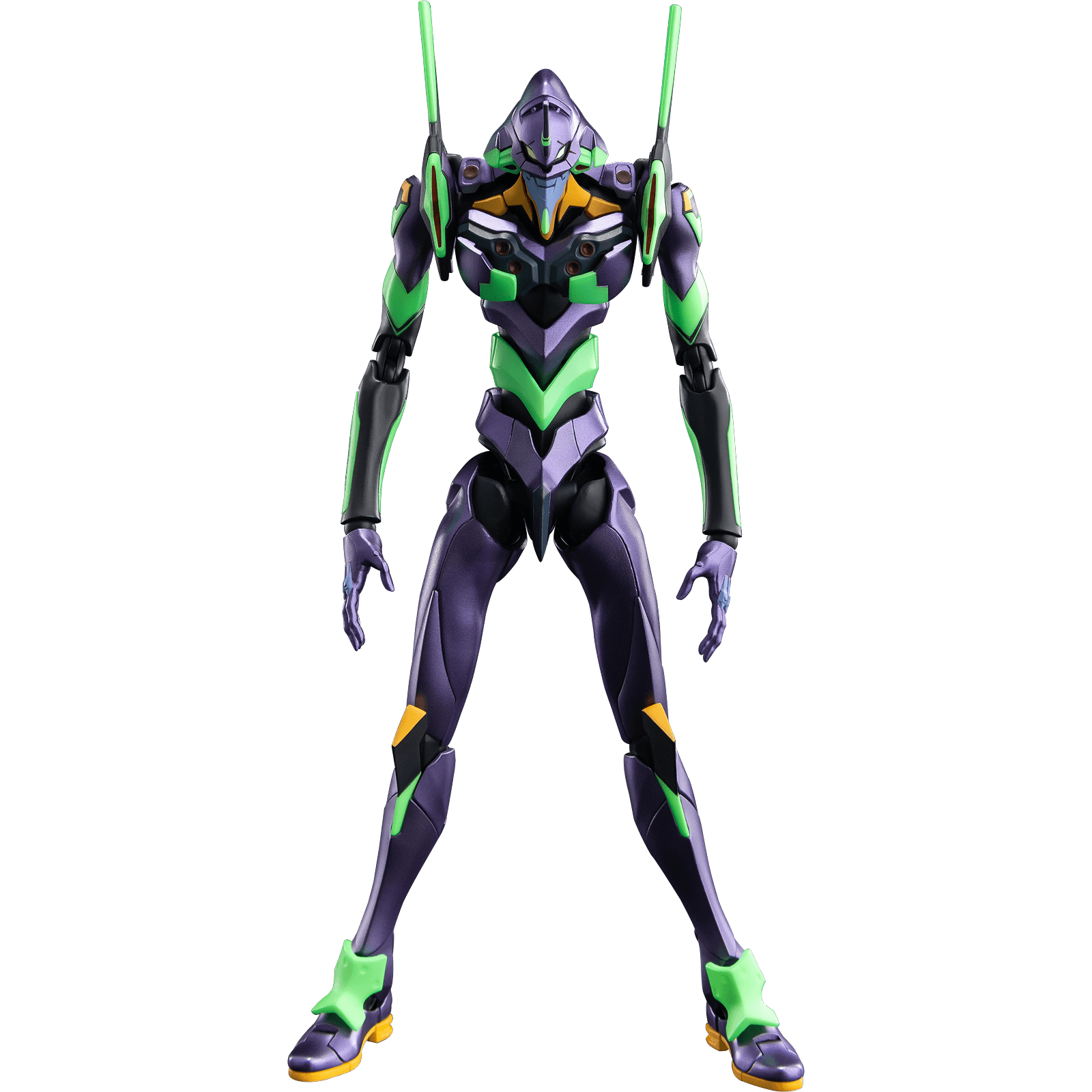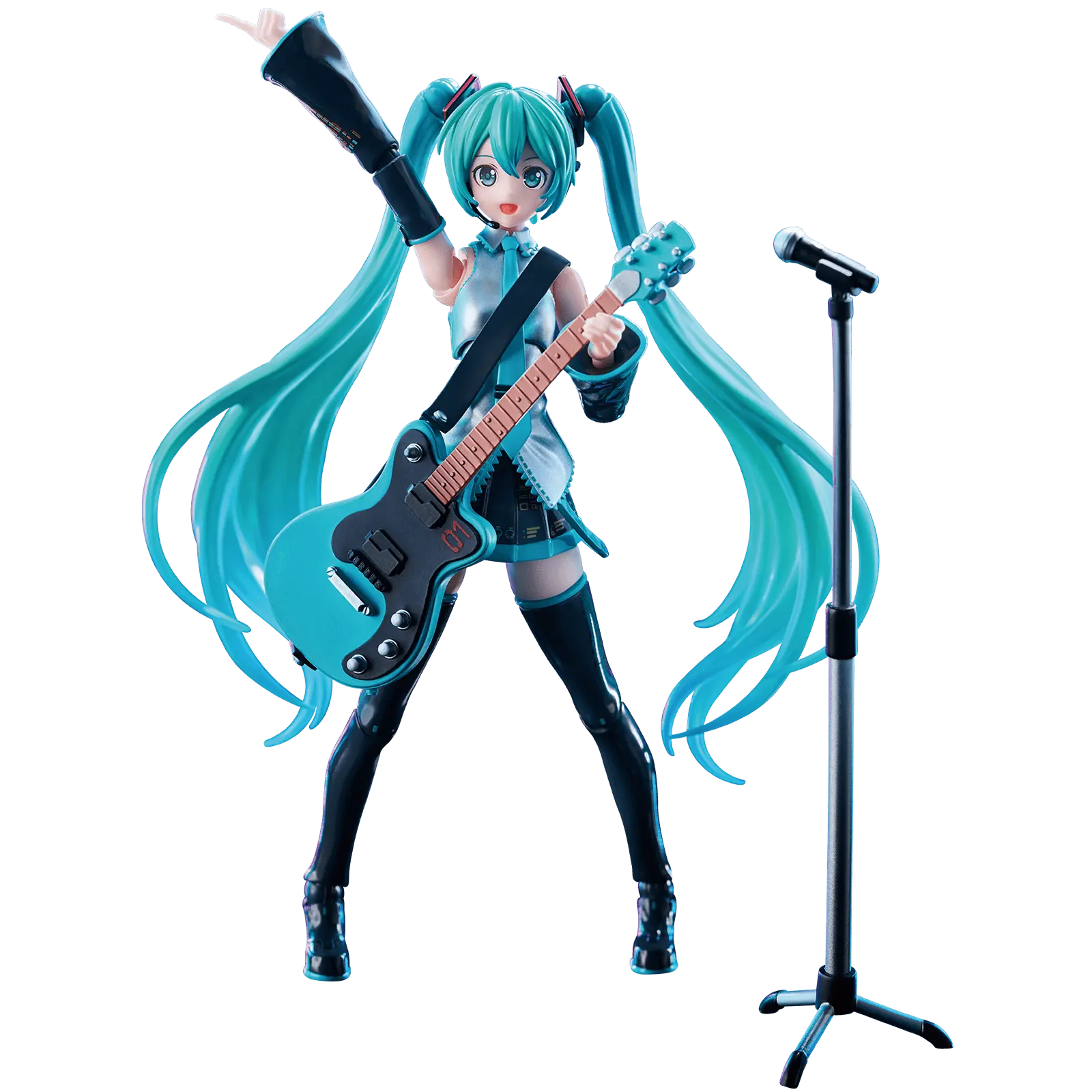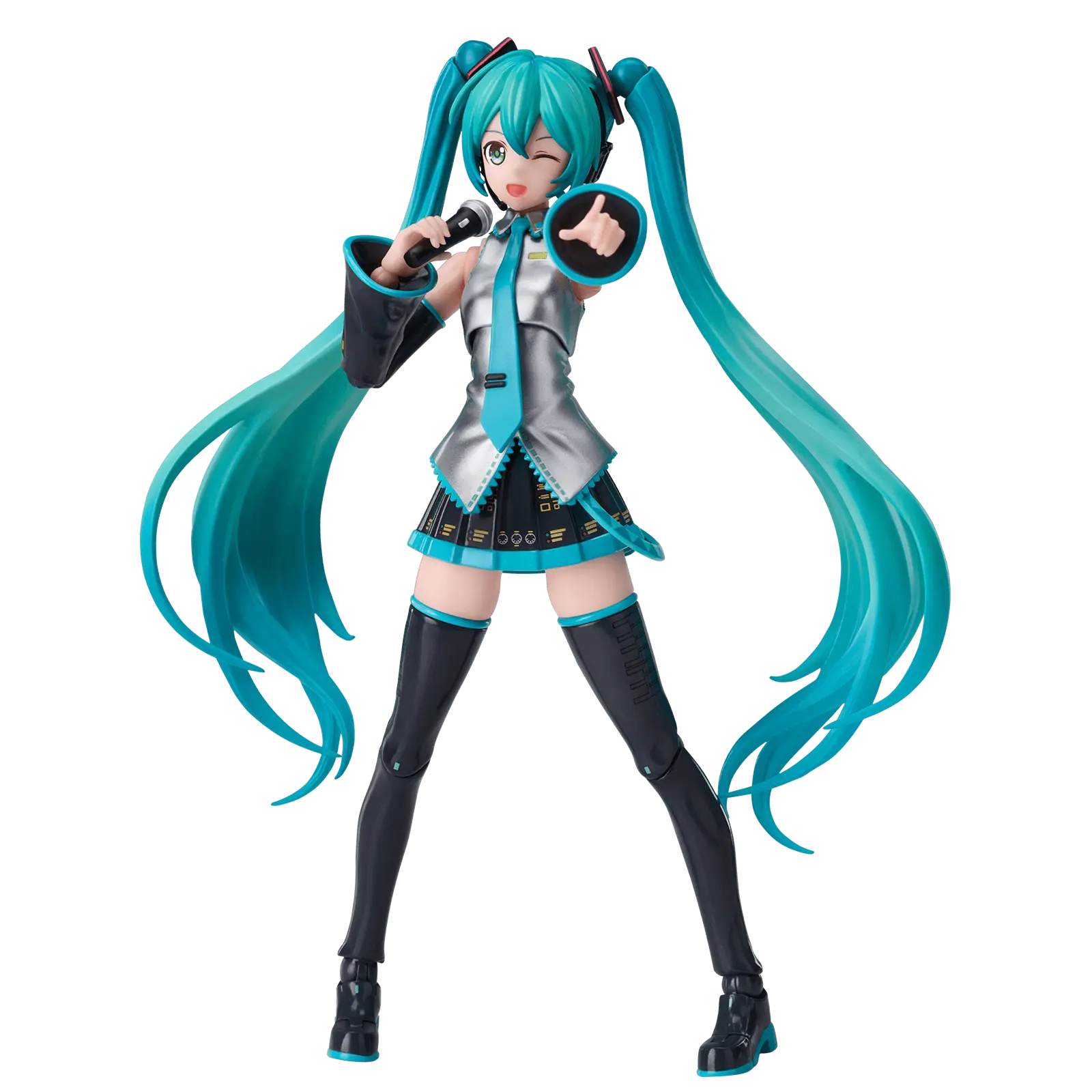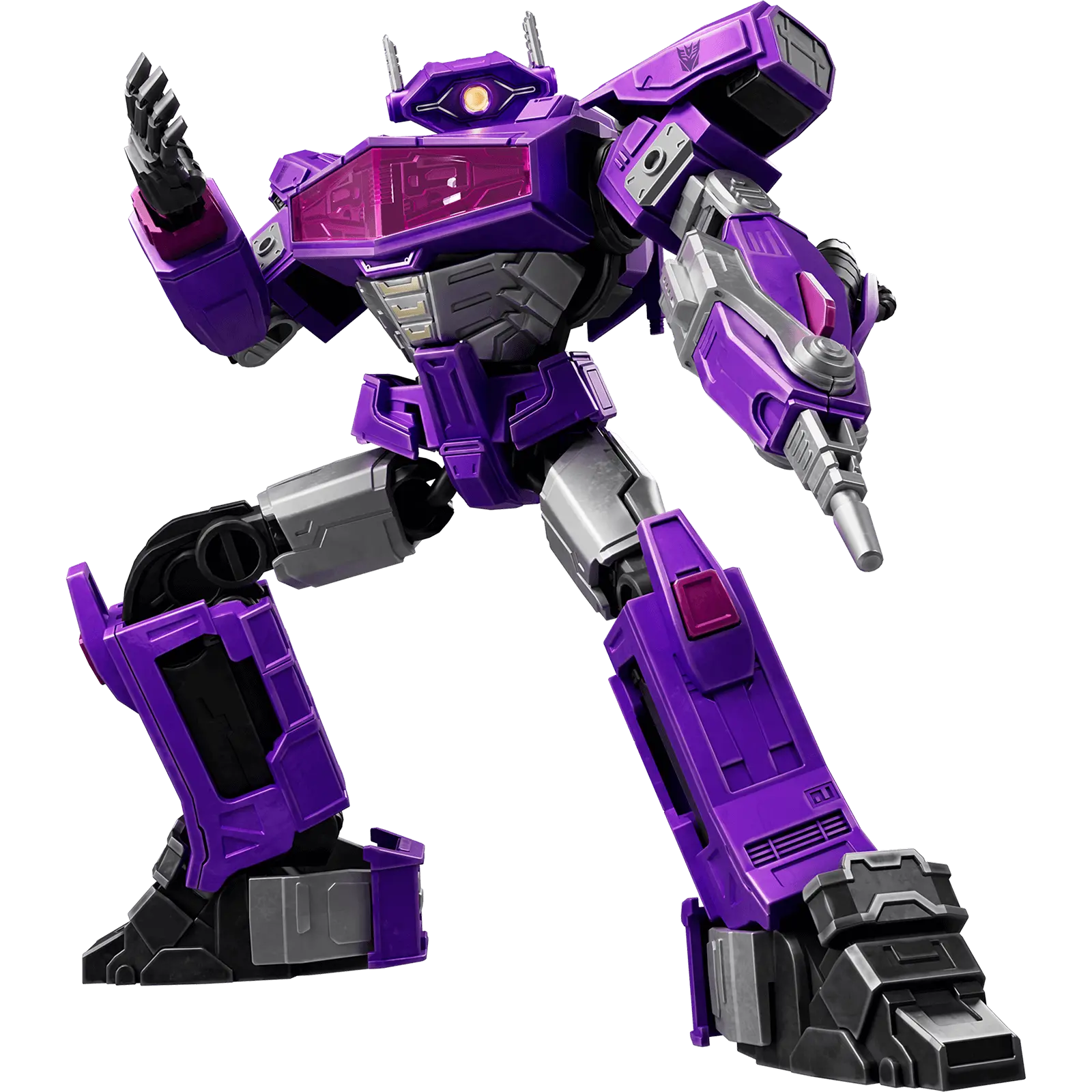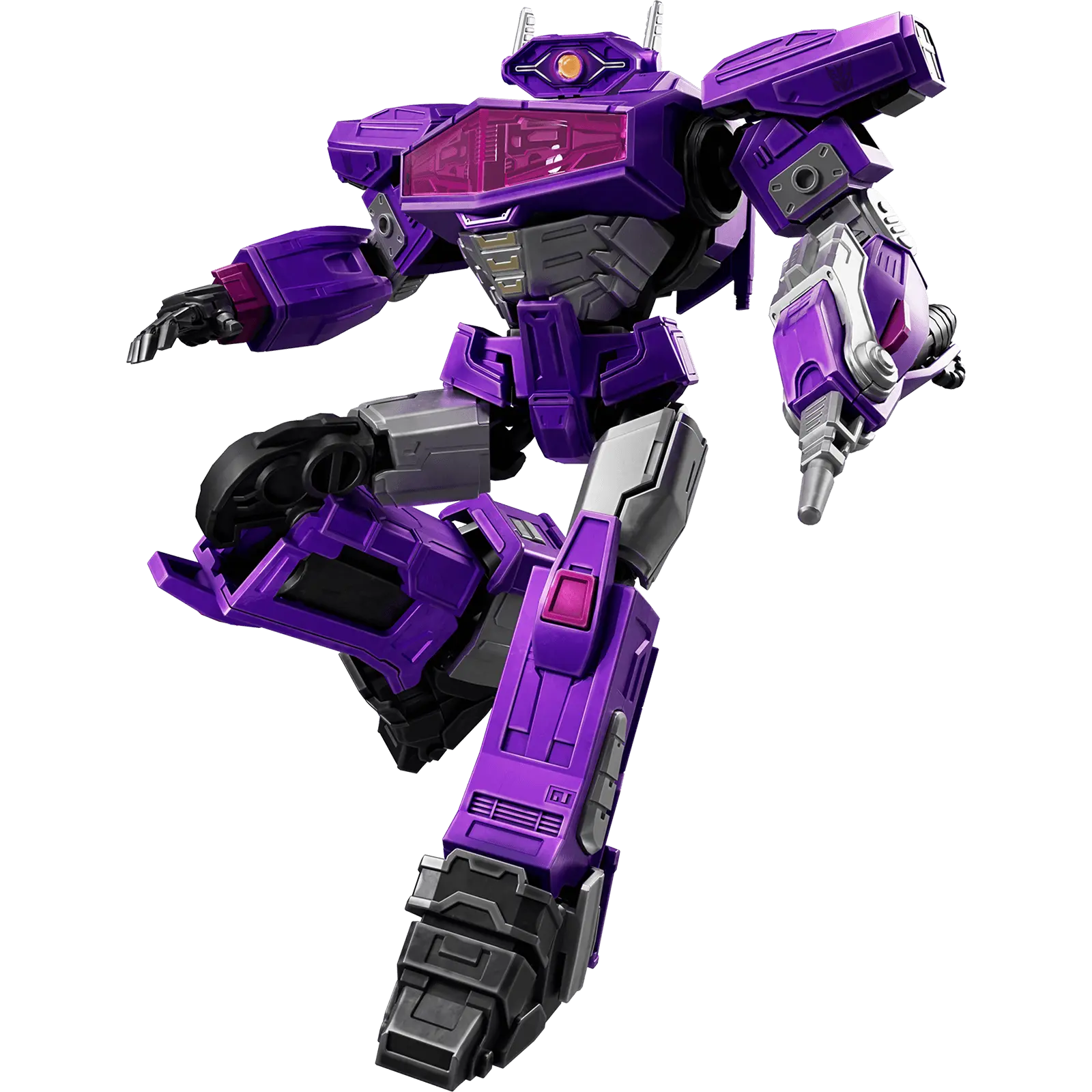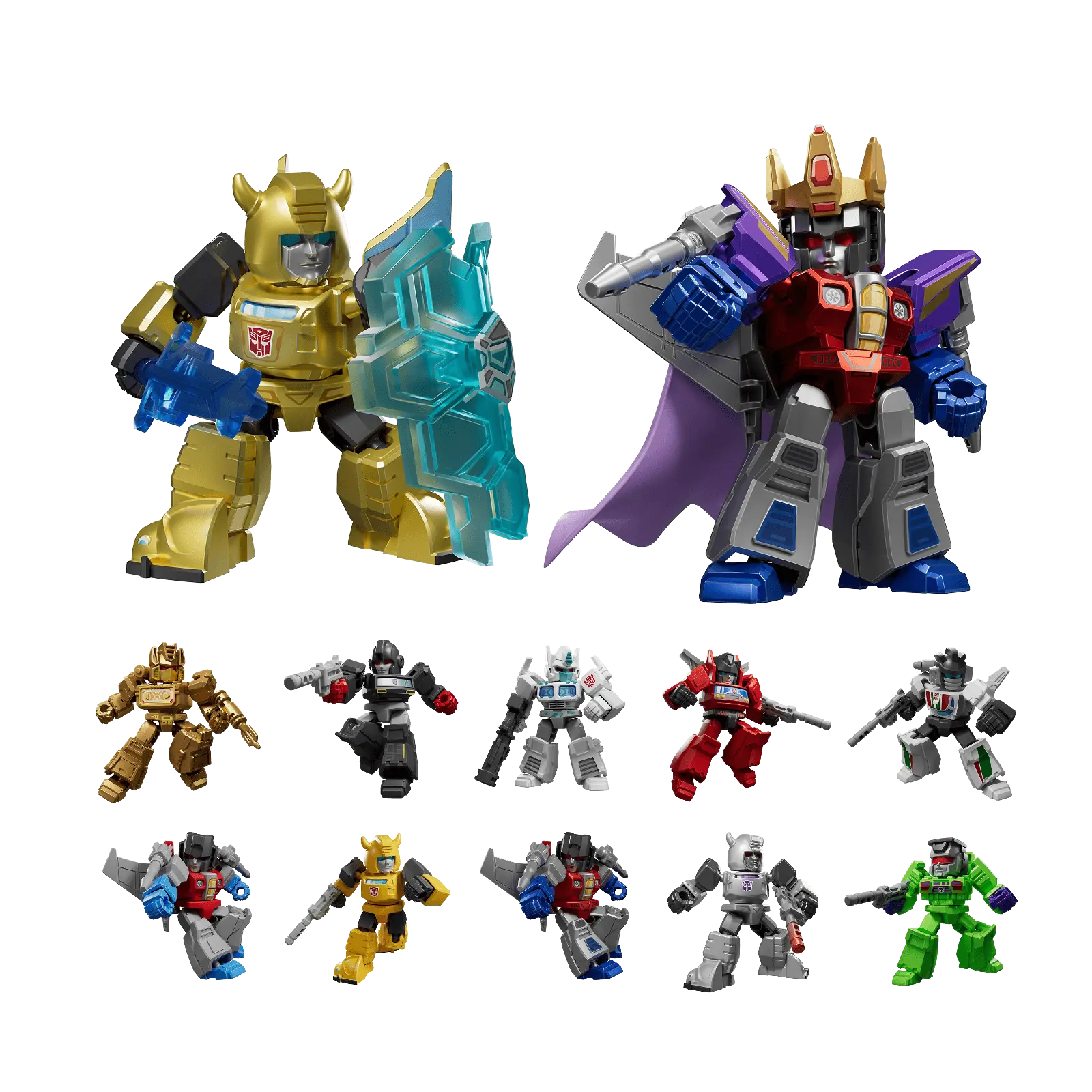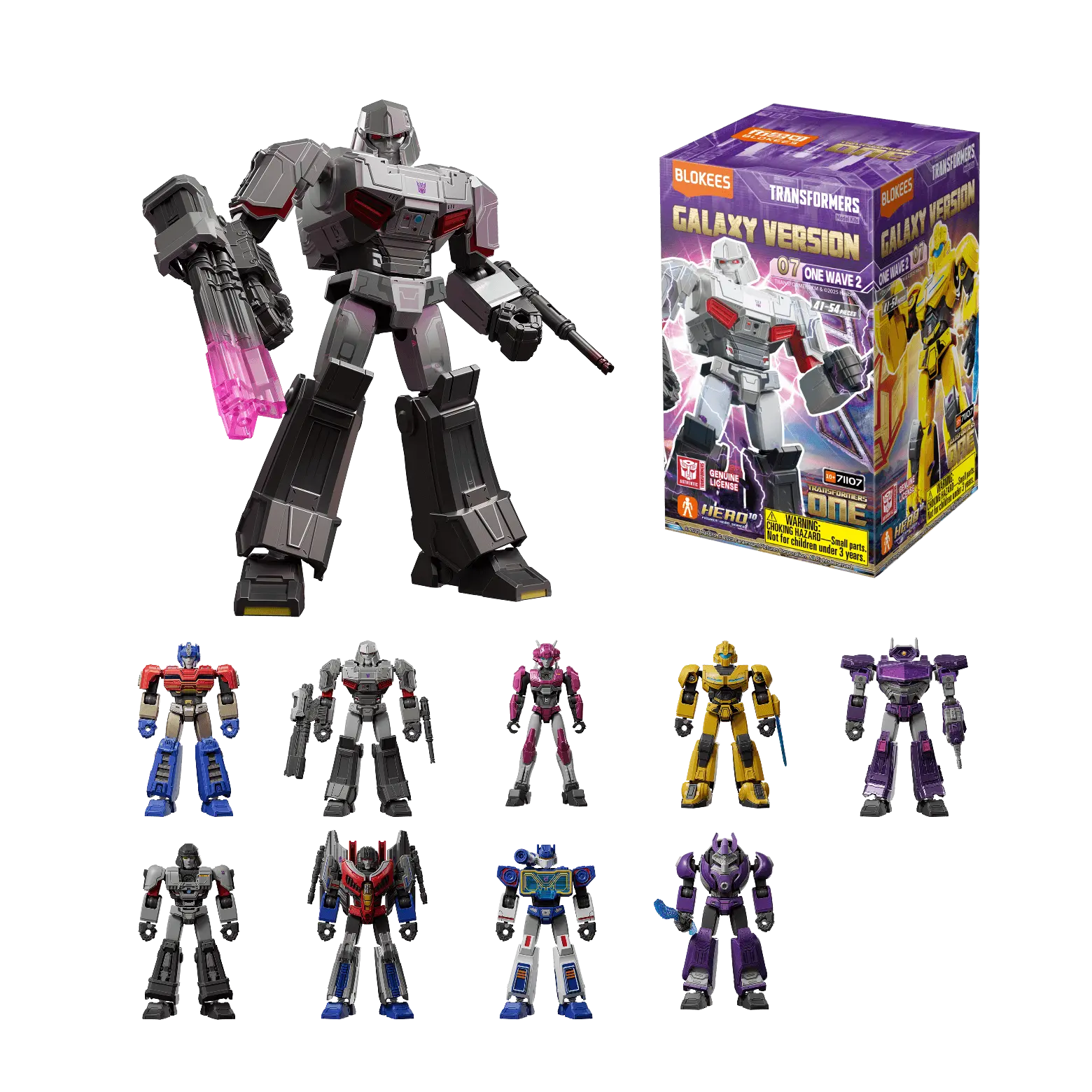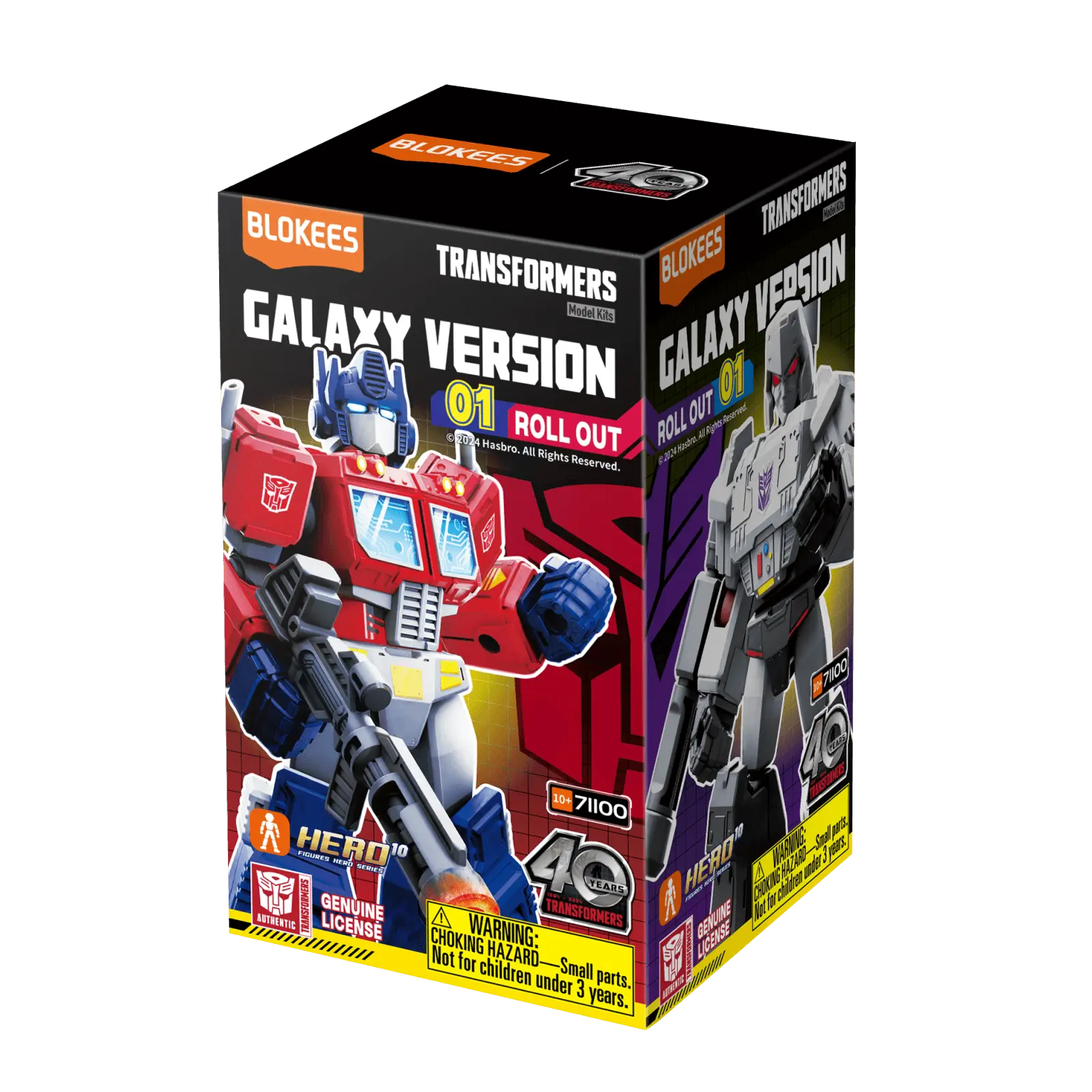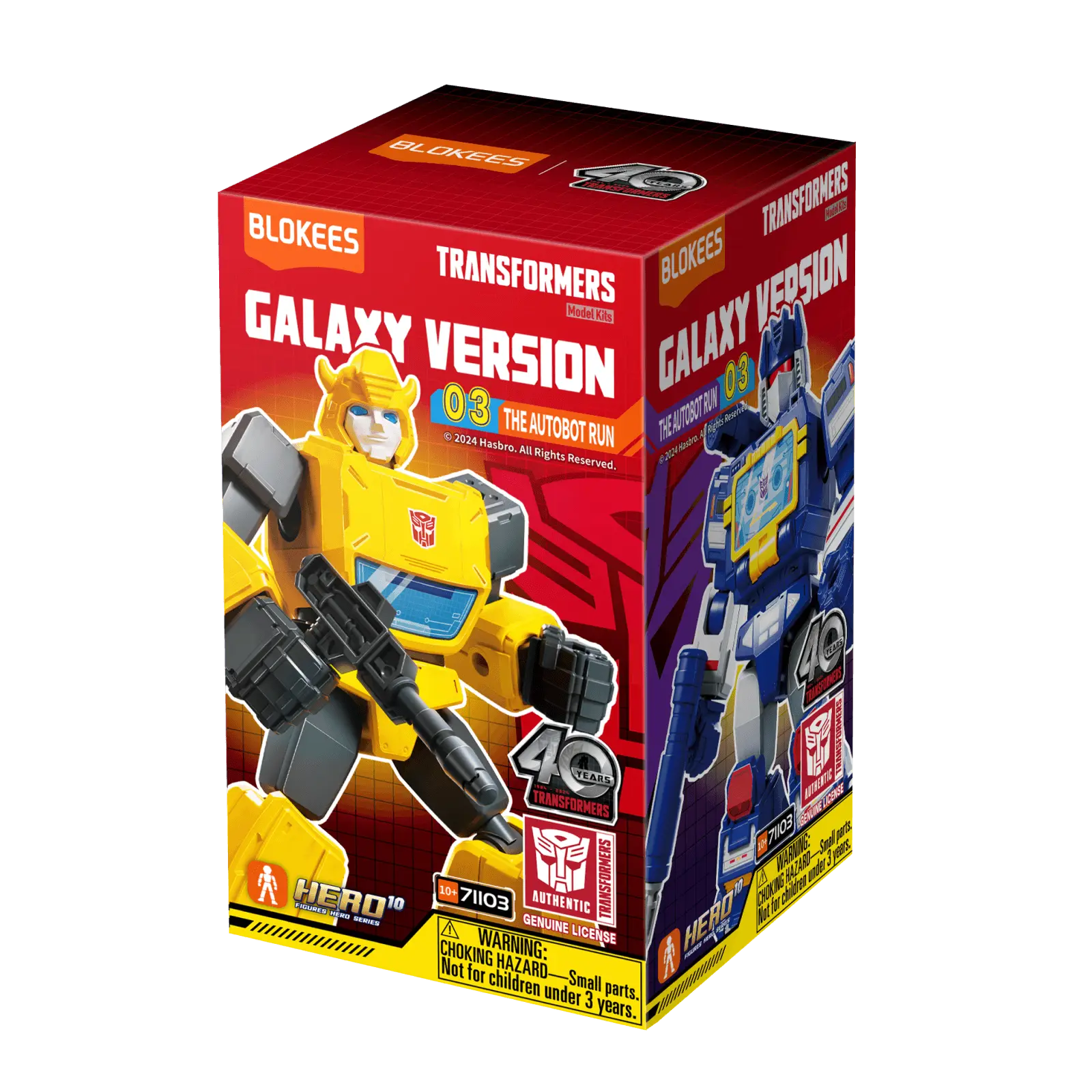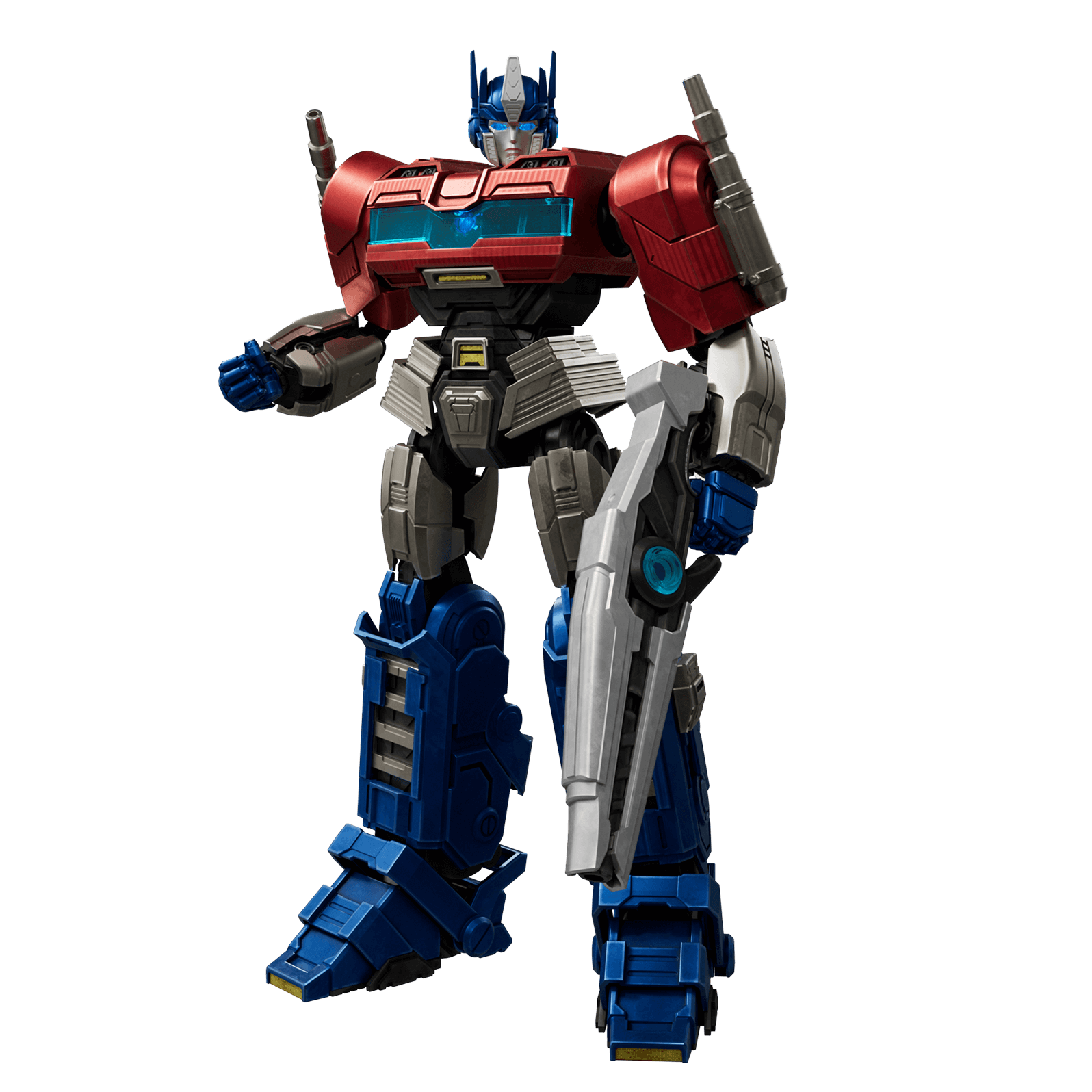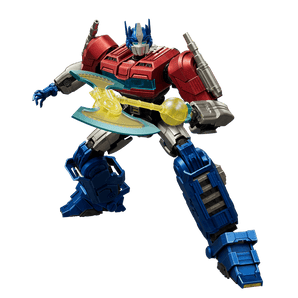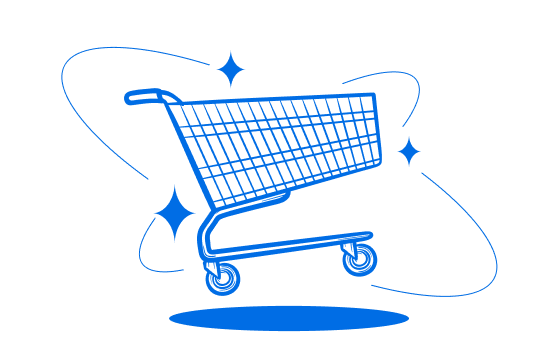Are you searching for the best educational giant blocks to support your child's STEM learning? Giant building blocks have become essential tools for early childhood education, combining physical play with cognitive development in ways that smaller toys simply cannot match.
These oversized construction toys offer unique advantages for learning. Their size encourages gross motor development, their simplicity promotes creative problem-solving, and their versatility supports everything from basic spatial reasoning to advanced engineering concepts.
This comprehensive guide explores the best educational giant blocks available, what makes them effective for STEM learning, and how to choose the perfect set for your child's age and developmental stage.
What Makes Giant Blocks Educational?
Giant blocks aren't just bigger versions of regular building toys. Their size and design create specific educational opportunities that smaller blocks cannot provide.
The Science Behind Large-Scale Building
Research shows that physical manipulation of large objects enhances spatial reasoning and mathematical thinking in young children. The tactile feedback and body movement required to build with giant blocks activates multiple learning pathways simultaneously.
Educational Benefits:
- Spatial Awareness: Understanding how objects fit together in three-dimensional space
- Mathematical Concepts: Exploring symmetry, patterns, and geometric shapes
- Physics Principles: Experiencing balance, stability, and structural integrity
- Problem-Solving: Testing hypotheses through trial and error
- Collaborative Skills: Working together on large-scale projects
The physical effort required to move and stack giant blocks also provides proprioceptive input that helps children understand their bodies in space—a crucial developmental milestone.
STEM Skills Developed Through Block Play
Giant blocks naturally teach fundamental STEM concepts through hands-on experimentation. Children learn these principles intuitively through play rather than abstract instruction.
STEM Learning Areas:
|
STEM Field |
Skills Developed |
How Blocks Teach It |
|
Science |
Observation, hypothesis testing |
Discovering what makes structures stable |
|
Technology |
Understanding tools and construction |
Building functional designs |
|
Engineering |
Design thinking, problem-solving |
Creating structures that serve purposes |
|
Mathematics |
Counting, measurement, geometry |
Working with shapes, sizes, and quantities |
This integrated approach to STEM learning through play creates strong foundational understanding that supports later academic success.
Types of Educational Giant Blocks

Different giant block types serve different educational purposes. Understanding the options helps you choose blocks that match your specific learning goals.
Foam Giant Blocks
Foam blocks are lightweight, soft, and safe for even the youngest builders. They're particularly popular in daycare centers, preschools, and homes with toddlers.
Foam Block Advantages:
- Extremely safe with no sharp edges or hard surfaces
- Lightweight enough for toddlers to manipulate independently
- Quiet during play (won't disturb neighbors)
- Easy to clean with simple wipe-down
- Often come in bright, engaging colors
Best For:
- Ages 1-5 years
- Indoor play areas
- Classrooms with limited space
- Children still developing strength and coordination
Foam blocks excel at teaching basic concepts like stacking, sorting by color or size, and creating simple structures. Their forgiving nature encourages experimentation without fear of injury.
Cardboard Giant Blocks
Cardboard blocks offer an economical option that's surprisingly durable when properly constructed. Many feature reinforced designs that withstand significant weight and repeated use.
Cardboard Block Benefits:
- Cost-effective for larger sets
- Recyclable and environmentally friendly
- Lightweight but sturdy enough for elaborate structures
- Can be decorated or customized by children
- Easy to store when collapsed (some models)
Considerations:
- Not suitable for outdoor use
- May show wear faster than plastic or foam
- Less resistant to moisture
- Can develop dents or creases over time
Despite limitations, quality cardboard blocks provide excellent educational value at accessible price points.
Plastic Giant Blocks
Plastic giant blocks typically feature interlocking designs similar to oversized building bricks. They offer the most versatility and durability among giant block options.
Plastic Block Strengths:
|
Feature |
Educational Value |
|
Interlocking Design |
Teaches precise alignment and connection |
|
Durability |
Withstands years of intensive use |
|
Indoor/Outdoor Use |
Versatile learning environments |
|
Easy Cleaning |
Maintains hygiene in shared spaces |
|
Color Variety |
Supports color recognition and sorting |
Plastic blocks work particularly well for older children (ages 3+) who can handle the slightly more complex connection mechanisms and want to build more ambitious structures.
Age-Appropriate Giant Block Choices

Selecting age-appropriate blocks ensures children experience success and challenge in the right balance for their developmental stage.
Giant Blocks for Toddlers (Ages 1-3)
Toddlers need blocks that are safe, lightweight, and simple to manipulate. Building toys for this age group should focus on sensory exploration and basic stacking.
Toddler-Friendly Features:
- Rounded edges with no small parts
- Lightweight enough for one-handed carrying
- Large enough to prevent choking hazards
- Soft materials like foam or fabric-covered foam
- Simple geometric shapes (cubes, rectangles)
Learning Focus:
- Basic motor skills (grasping, releasing)
- Simple cause and effect (stack it, it gets taller)
- Color and shape recognition
- Beginning spatial awareness
Toddlers benefit most from sets with 10-20 large blocks in basic shapes and primary colors.
Giant Blocks for Preschoolers (Ages 3-5)
Preschoolers are ready for more complex building challenges. Toys for this age range should encourage imagination and problem-solving.
Preschool-Level Features:
- More varied shapes (triangles, arches, cylinders)
- Simple interlocking mechanisms
- Larger set sizes (20-50 pieces)
- Mix of sizes within compatible system
- May include accessories like windows or doors
Learning Focus:
- Symmetry and pattern creation
- Basic engineering principles
- Collaborative building projects
- Imaginative play scenarios
- Planning before building
Preschoolers often enjoy building recognizable structures like houses, towers, or vehicles that support dramatic play.
Giant Blocks for School-Age Children (Ages 6+)
Older children benefit from giant blocks that challenge their growing understanding of physics, engineering, and design. Building systems for this age often incorporate more sophisticated features.
Advanced Features:
- Complex connection systems
- Specialty pieces (wheels, pulleys, connectors)
- Larger sets supporting ambitious projects
- Compatibility with measurement tools
- Instructions for specific challenging builds
Learning Focus:
- Advanced engineering concepts
- Mathematical measurement and calculation
- Structural stability and load distribution
- Project planning and execution
- Team collaboration on complex builds
School-age children often enjoy challenging themselves to build increasingly elaborate structures or solving specific design problems.
Key Features to Look for in Educational Giant Blocks

Not all giant blocks offer equal educational value. Certain features significantly enhance learning potential and play longevity.
Safety Standards and Certifications
Educational blocks should meet or exceed safety standards for children's toys. Look for specific certifications that verify material safety and design appropriateness.
Essential Safety Features:
- Non-toxic materials certified safe for children
- Rounded edges and corners
- Appropriate size to prevent choking
- Stable, well-balanced design
- Smooth surfaces without splinters or sharp points
Reputable manufacturers clearly display safety certifications on packaging. If information isn't readily available, research the brand's safety record before purchasing.
Versatility and Expandability
The best educational block sets grow with children and support increasingly complex play as skills develop.
Versatility Indicators:
|
Feature |
Why It Matters |
|
Multiple Shapes |
Enables more creative designs |
|
Compatible Sets |
Allows collection expansion |
|
Open-Ended Play |
No single "correct" use |
|
Durability |
Lasts through multiple children |
|
Easy Storage |
Encourages independent cleanup |
Sets that can be combined with future purchases provide better long-term value and sustained educational engagement.
Material Quality and Durability
Educational institutions and families need blocks that withstand intensive use. Quality materials prevent frustration from broken or worn pieces.
Quality Assessment:
- Foam should resist tearing and maintain shape
- Plastic should be thick enough to resist cracking
- Cardboard should have reinforced construction
- Connections should remain secure after repeated use
- Colors should resist fading from sunlight or cleaning
While quality blocks cost more initially, they prove more economical over years of use than repeatedly replacing cheaper alternatives.
Educational Value by Block Type
Different giant block types excel at teaching different concepts. Understanding these strengths helps match blocks to specific learning goals.
Foam Blocks: Sensory and Motor Development
Foam blocks particularly excel at supporting the youngest learners' physical and sensory development needs.
Primary Educational Strengths:
- Safe experimentation with gravity and balance
- Lightweight manipulation builds strength gradually
- Soft texture provides tactile learning
- Encourages independent exploration without injury risk
- Supports inclusive play for children with different abilities
Foam blocks work exceptionally well for children with sensory processing differences who may find harder materials overwhelming.
Interlocking Plastic Blocks: Engineering Concepts
Plastic blocks with connection systems teach more advanced engineering and design principles.
Engineering Learning Opportunities:
- Understanding how parts connect securely
- Experiencing structural stability through design
- Planning structures before building
- Learning from failures when designs collapse
- Applying problem-solving to construction challenges
These blocks bridge the gap between simple stacking toys and more complex construction systems like smaller building bricks.
Mixed-Material Sets: Comprehensive Learning
Some educational block sets combine different materials and shapes for maximum learning variety.
Comprehensive Learning Benefits:
|
Material Combination |
Educational Advantage |
|
Foam + Plastic |
Combines safety with precision |
|
Blocks + Planks |
Enables bridge and ramp building |
|
Solid + Hollow |
Teaches weight and stability differences |
|
Various Textures |
Enhances sensory learning |
Mixed sets provide the most versatile learning experiences but require more storage space.
Where to Find Quality Educational Giant Blocks

Quality building toys come from various sources, each with advantages and considerations.
Retail Options
Major toy retailers, educational supply companies, and online marketplaces all offer giant block sets.
Shopping Considerations:
- Educational supply stores often have higher-quality options
- General toy retailers provide more affordable choices
- Online shopping offers widest selection
- Local stores allow hands-on assessment before purchase
- Specialized retailers may offer educational expertise
Compare prices across sources, but prioritize quality and safety over lowest cost.
What to Expect Price-Wise
Giant blocks range dramatically in price based on material, quantity, and quality.
General Price Ranges:
- Basic foam sets (10-15 pieces): $50-$100
- Mid-range sets (20-40 pieces): $100-$250
- Premium large sets (50+ pieces): $250-$500+
- Institutional-grade sets: $500-$1000+
Consider cost-per-piece and durability when comparing options. Quality sets lasting years through multiple children offer better value than cheap sets requiring replacement.
Frequently Asked Questions
What age is appropriate for giant building blocks?
Giant building blocks suit children from 12 months through elementary school, with different types appropriate for different ages. Soft foam blocks work for toddlers 1-3 years, while interlocking plastic blocks suit ages 3 and up. The key is matching block complexity to developmental stage.
Are foam blocks better than plastic for young children?
Foam blocks offer advantages for toddlers and preschoolers including superior safety, lighter weight for easier manipulation, and quieter play. However, plastic blocks provide better durability and more precise building experiences. For children under 3, foam is generally safer. Ages 3+ can benefit from both types.
How many giant blocks do children need?
A minimum of 15-20 blocks allows basic building, but 30-50 pieces enables more creative and elaborate structures. For classrooms or multiple children, 50-100 pieces prevents conflicts over limited materials. Start with a foundational set and expand based on your child's interest level.
Can giant blocks really teach STEM concepts?
Yes, research consistently shows that block play develops crucial STEM skills including spatial reasoning, mathematical thinking, problem-solving, and engineering concepts. Children learn these principles through hands-on experimentation rather than abstract instruction, creating deeper understanding that supports later academic success.
How do I clean and maintain giant blocks?
Most foam and plastic blocks clean easily with mild soap and water. Wipe foam blocks with damp cloth and allow to air dry completely. Plastic blocks can be washed in large containers or even dishwashers (check manufacturer guidelines). Cardboard blocks should only be spot-cleaned with barely damp cloth.
Are giant blocks worth the investment?
Quality giant blocks provide excellent long-term value through years of educational play. They develop crucial cognitive and physical skills, support multiple children across age ranges, and often last through multiple generations..
Conclusion
The best educational giant blocks combine safety, durability, and versatility to support years of developmental learning. Whether you choose foam, plastic, or cardboard blocks, prioritize quality construction and age-appropriate features.
Key Takeaways:
- Match block type to child's age and developmental stage
- Prioritize safety certifications and quality materials
- Provide adequate space for ambitious building projects
- Facilitate learning through questions and challenges
- Consider blocks an investment in STEM education










